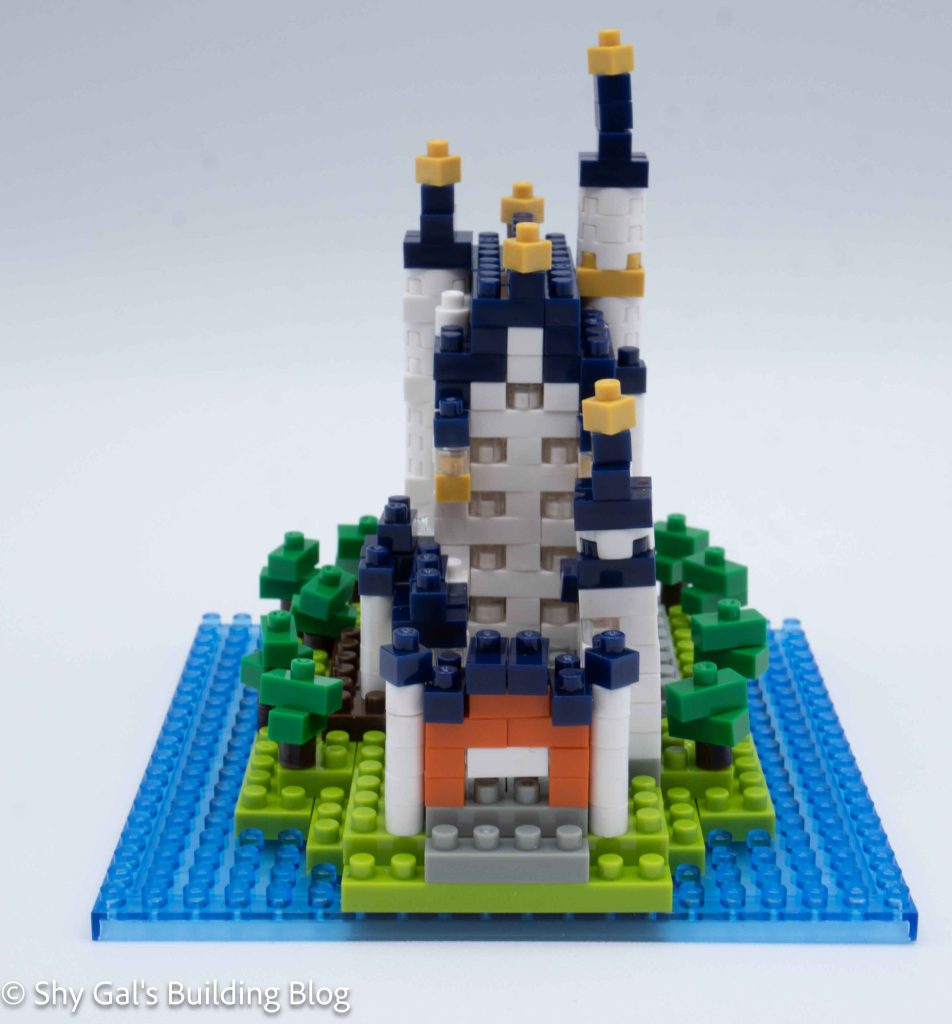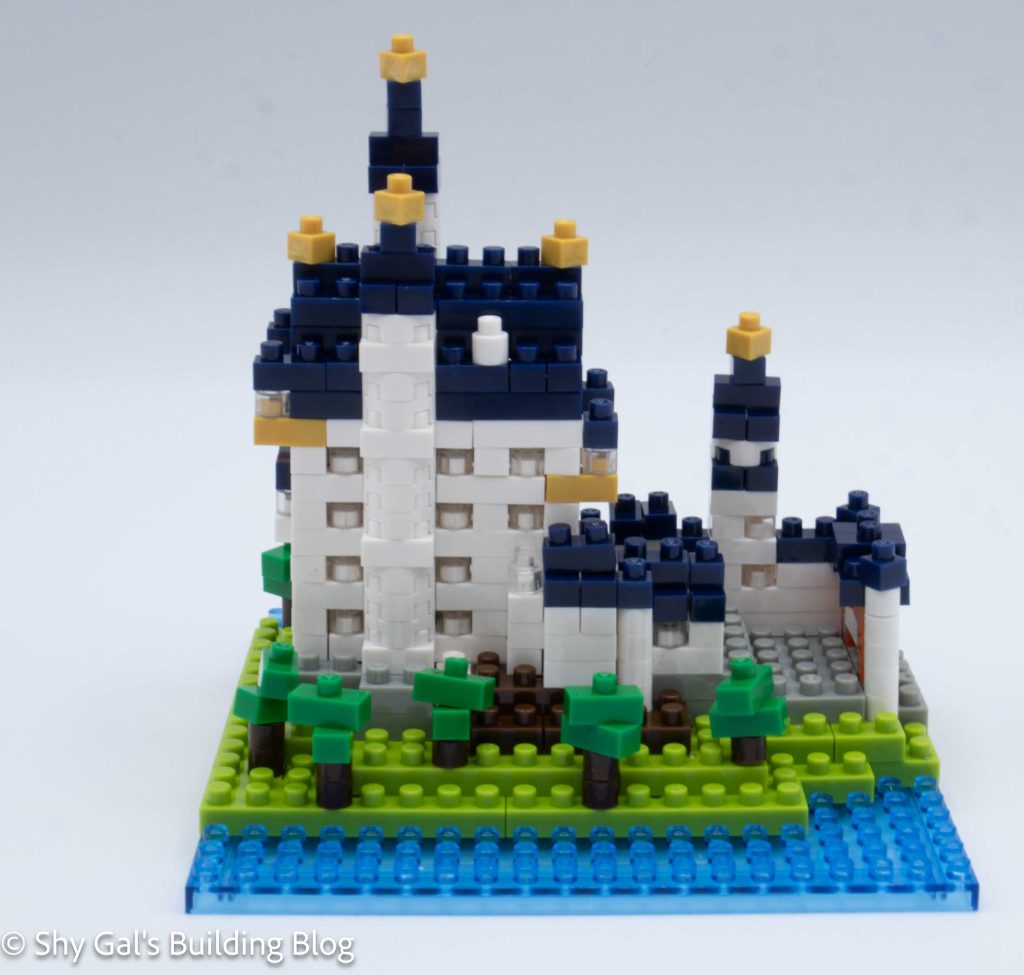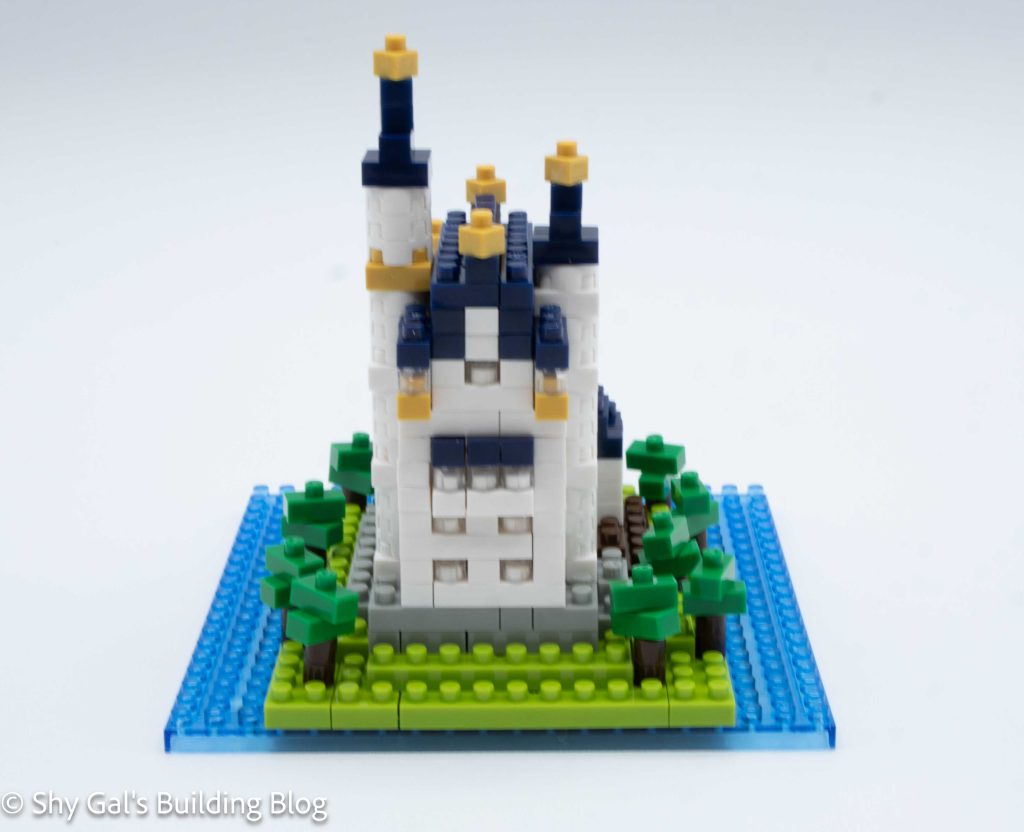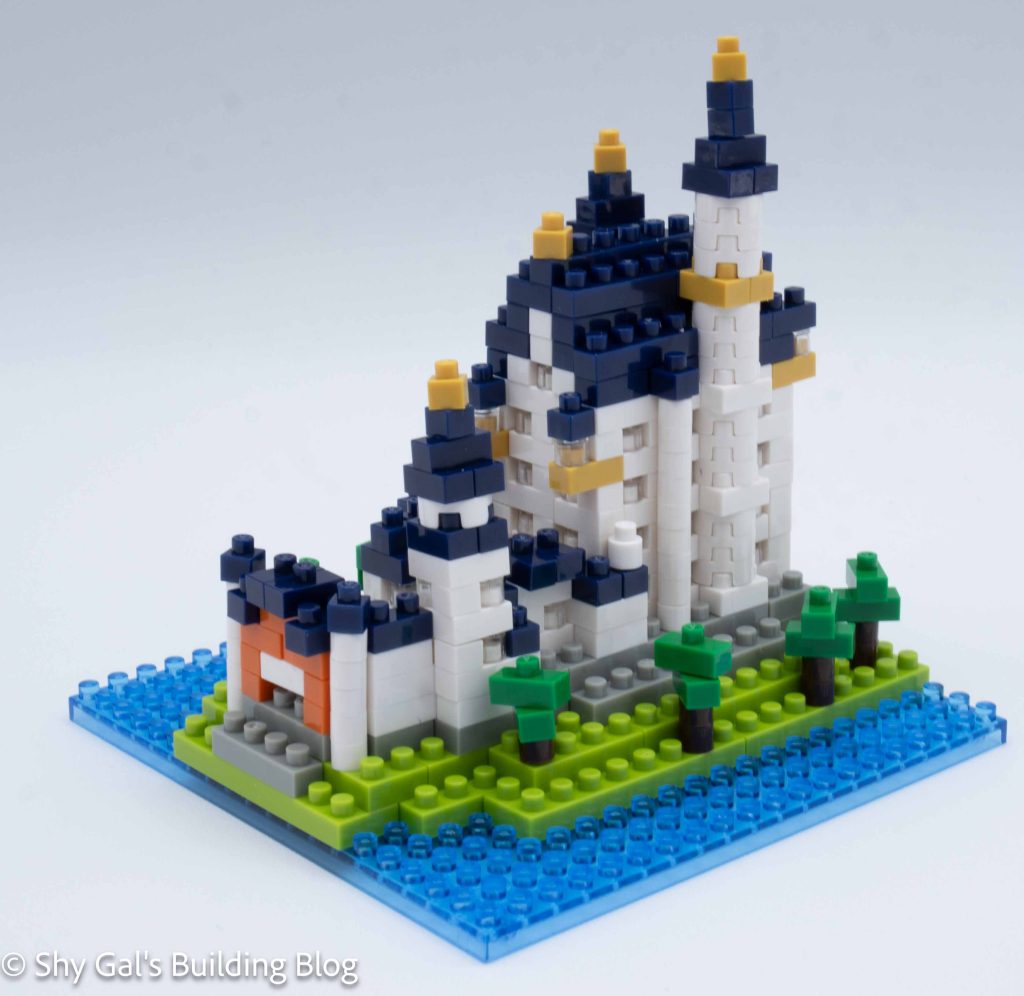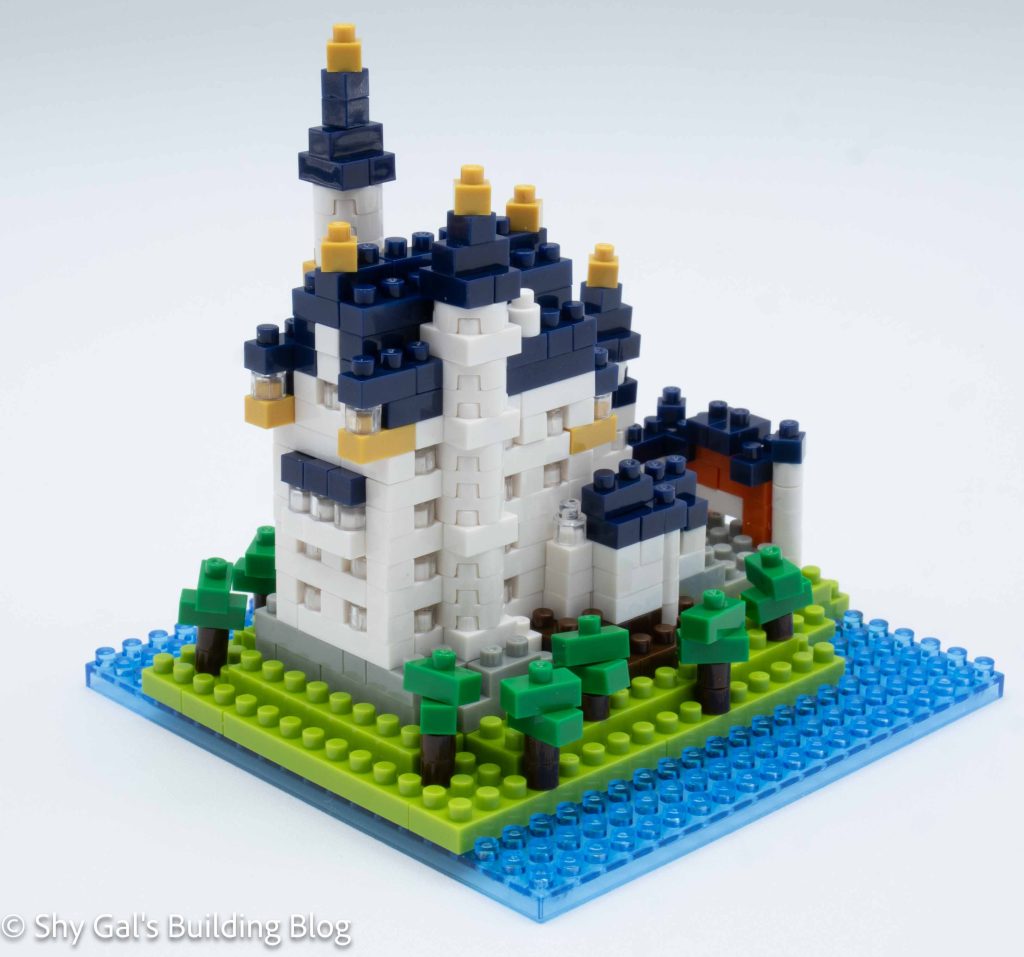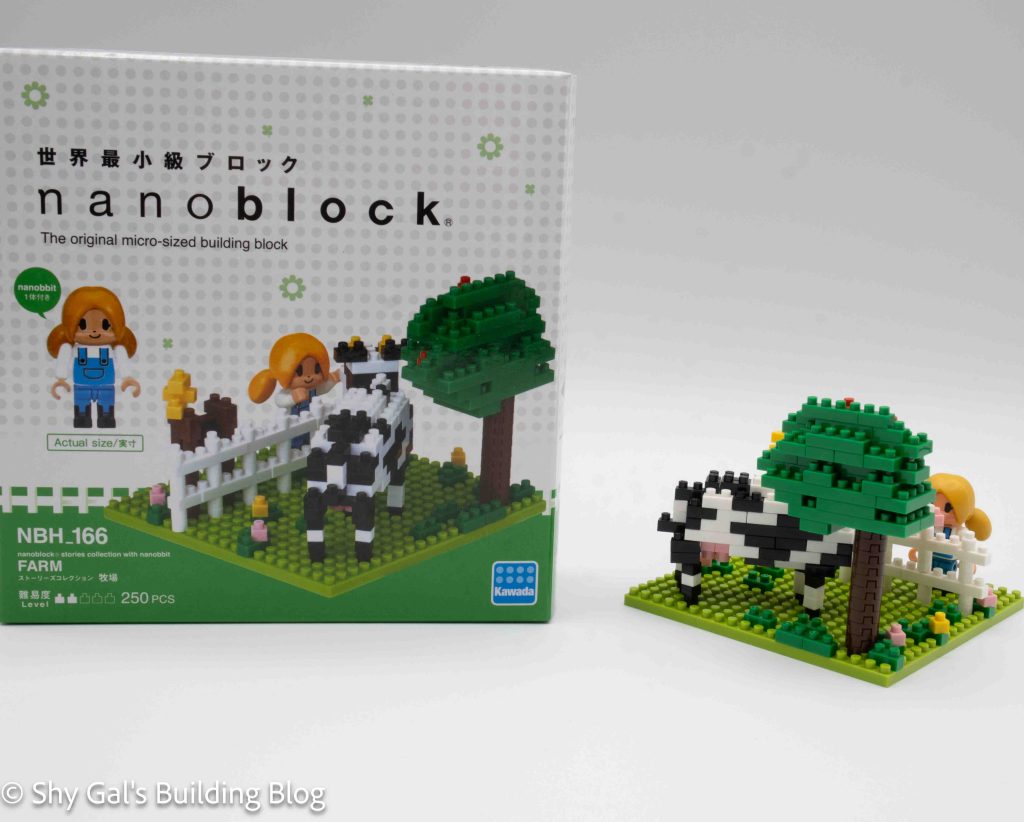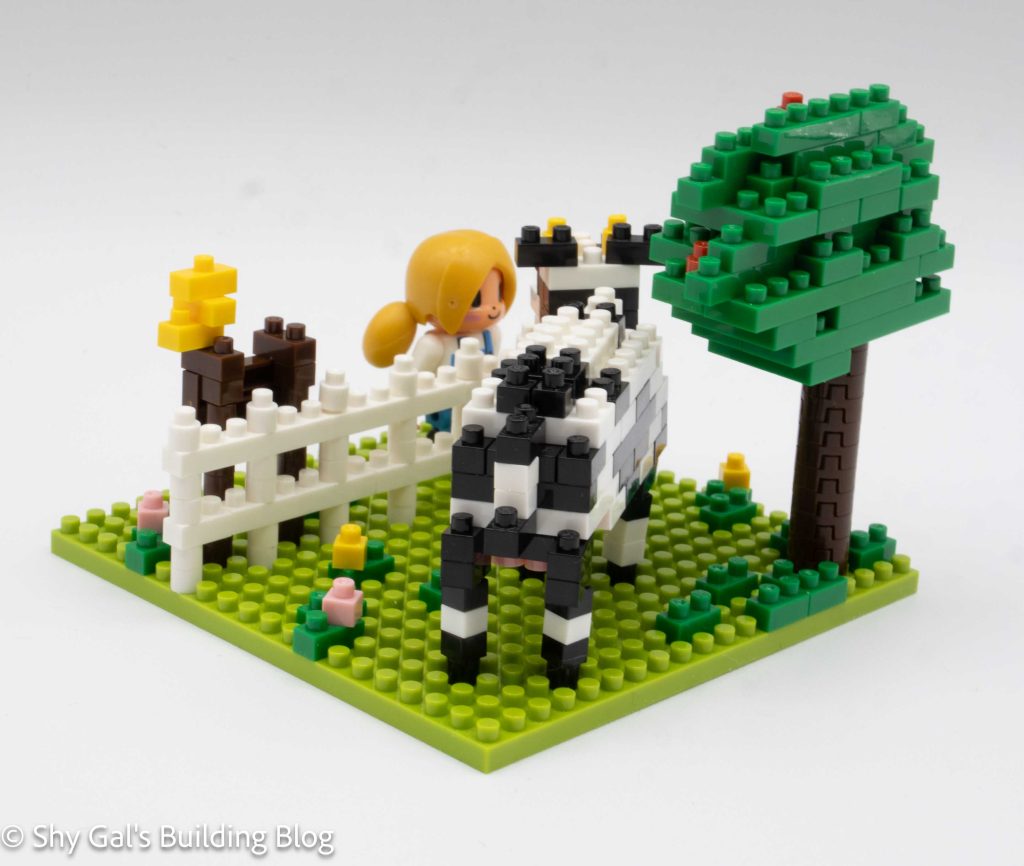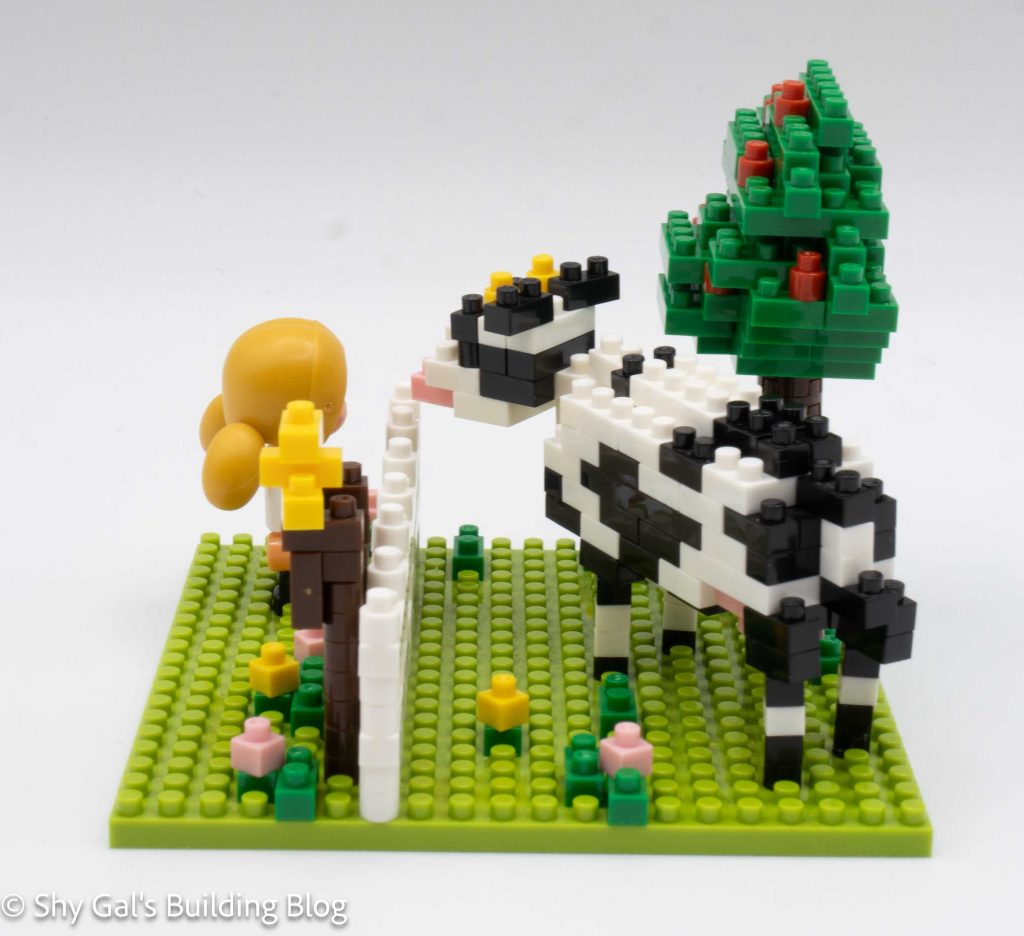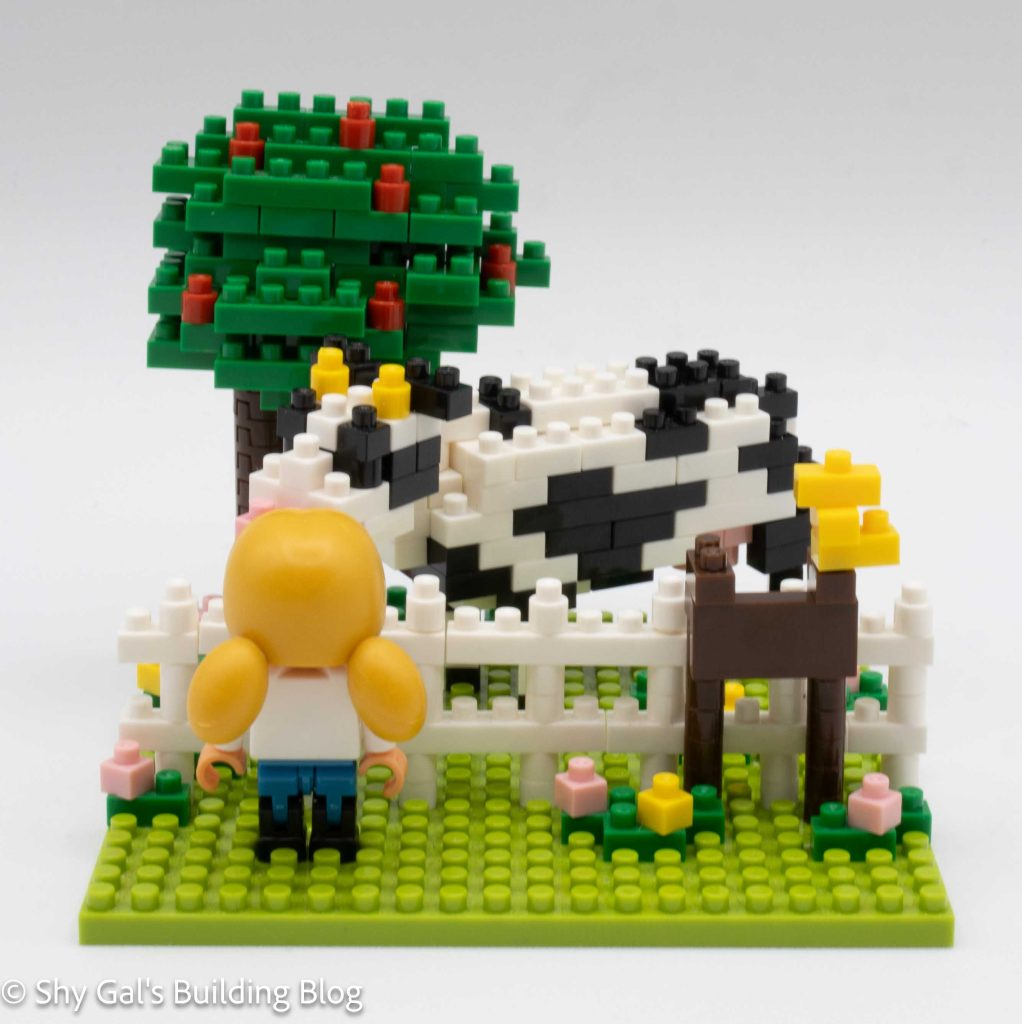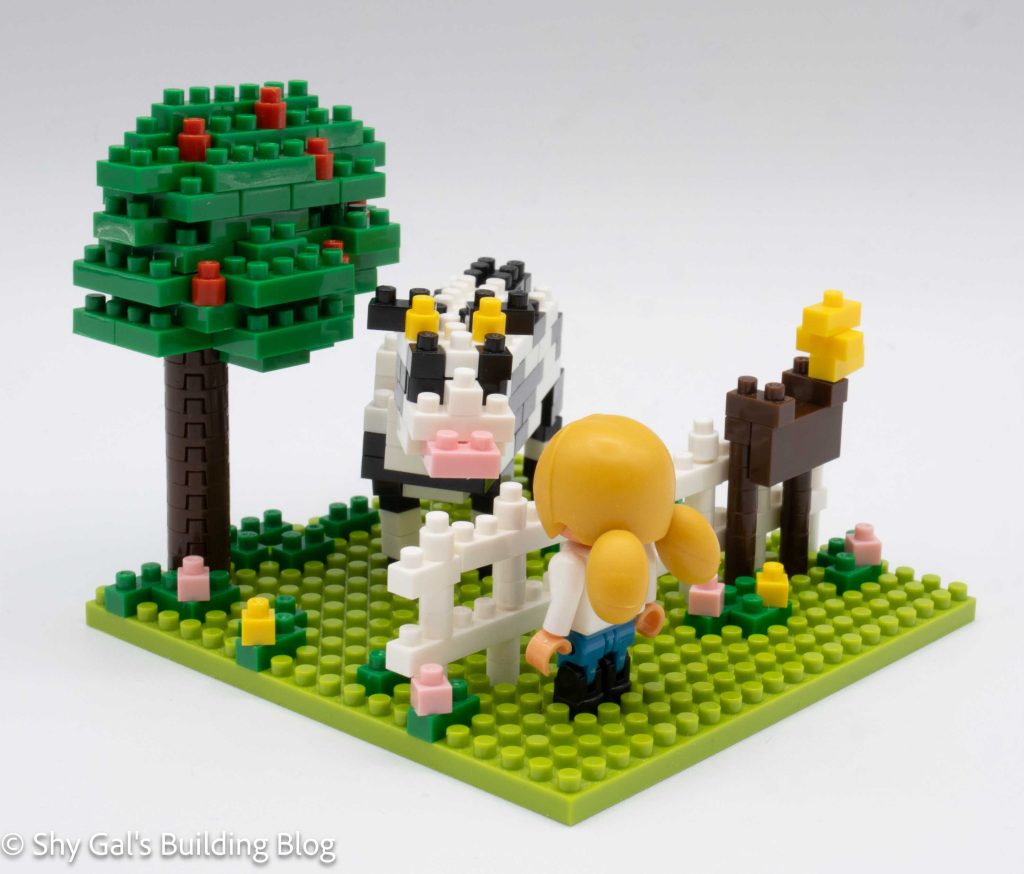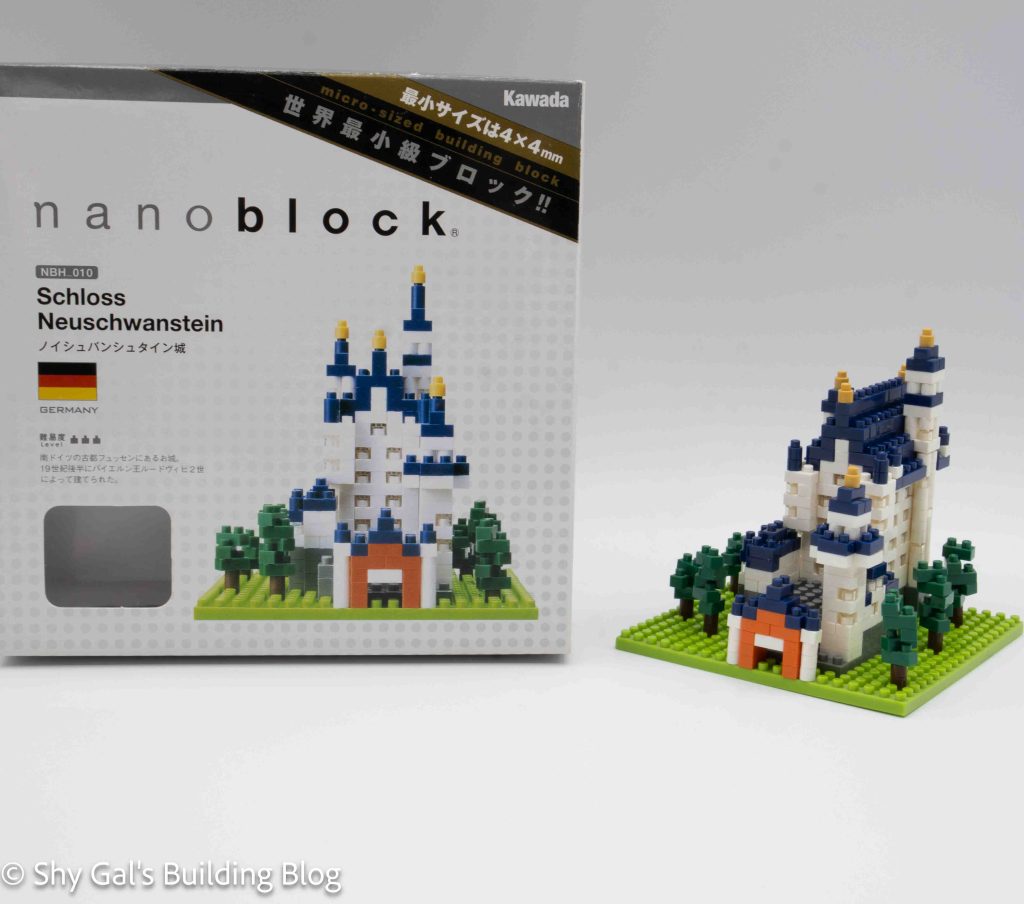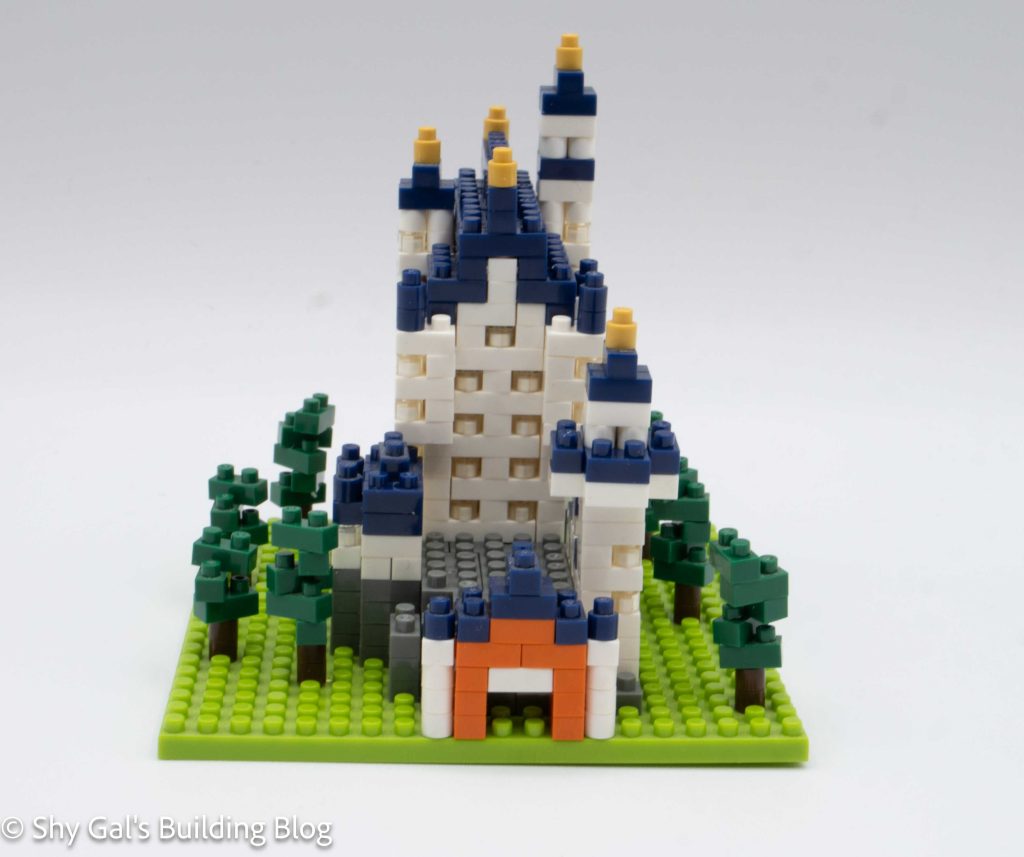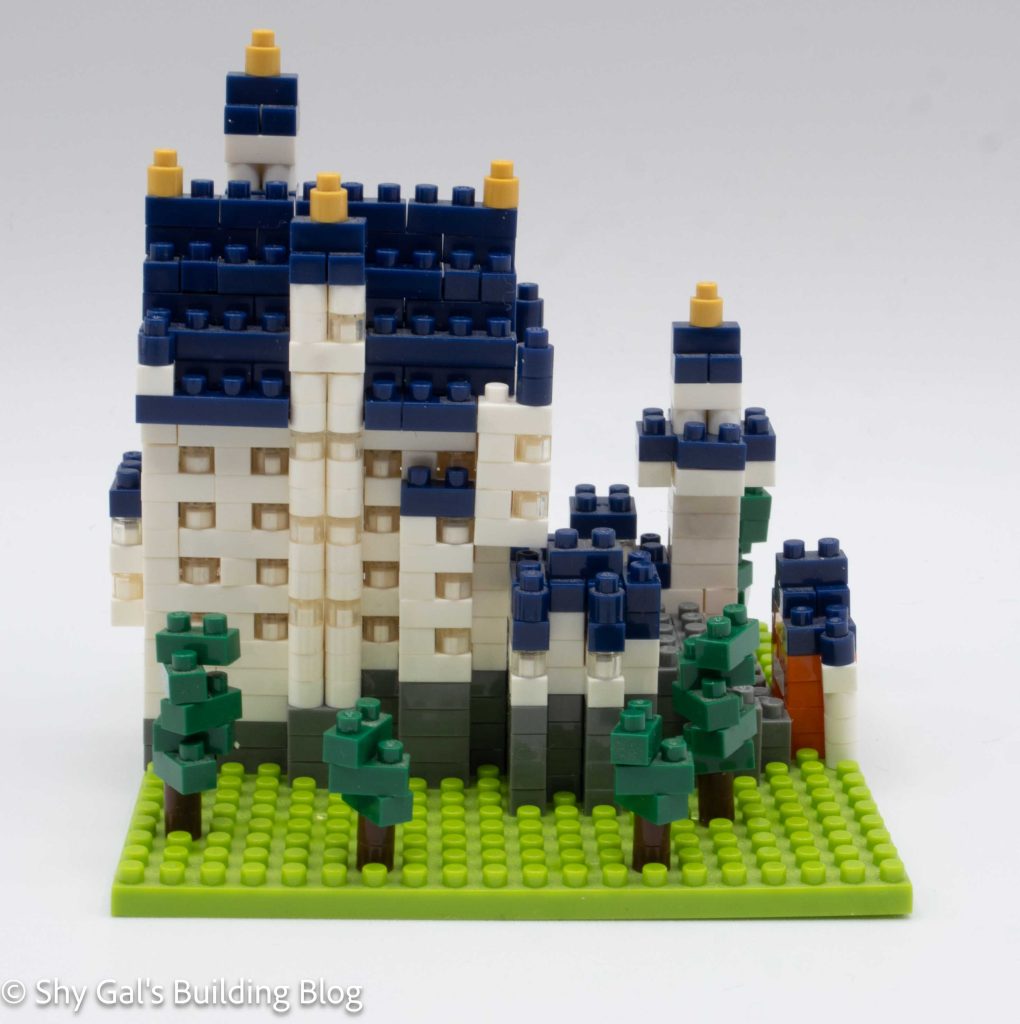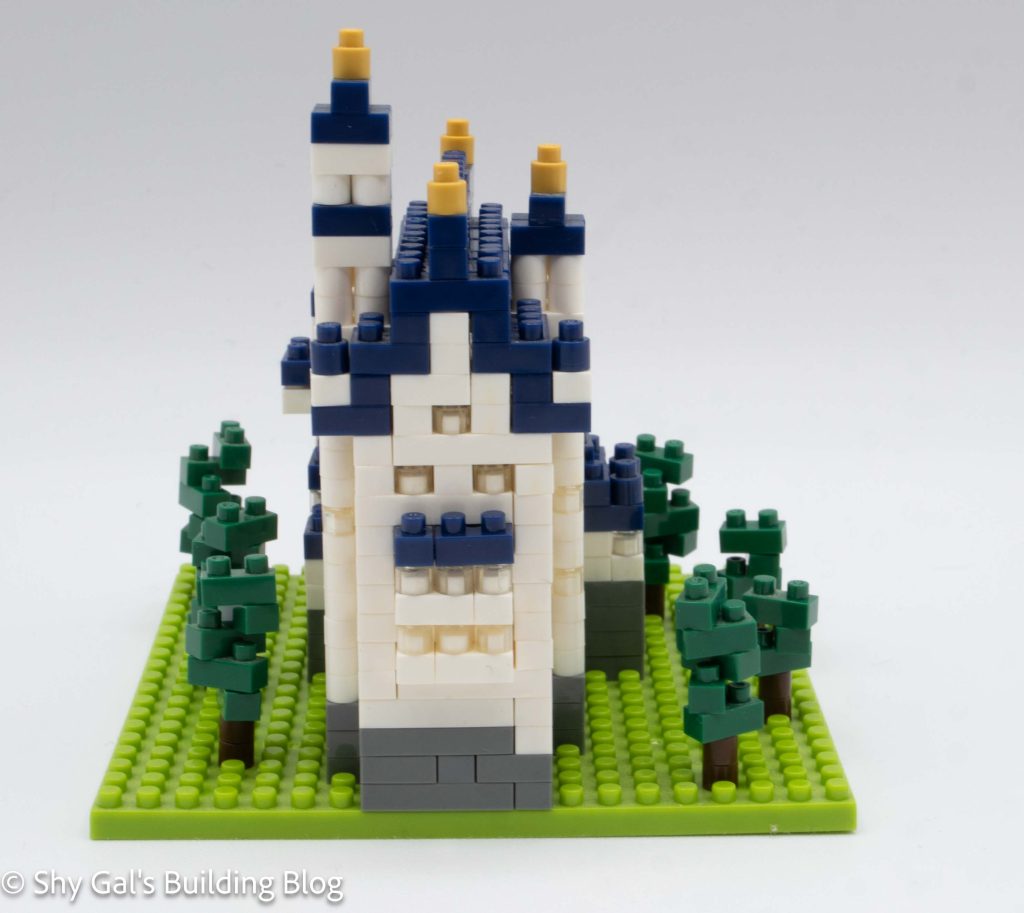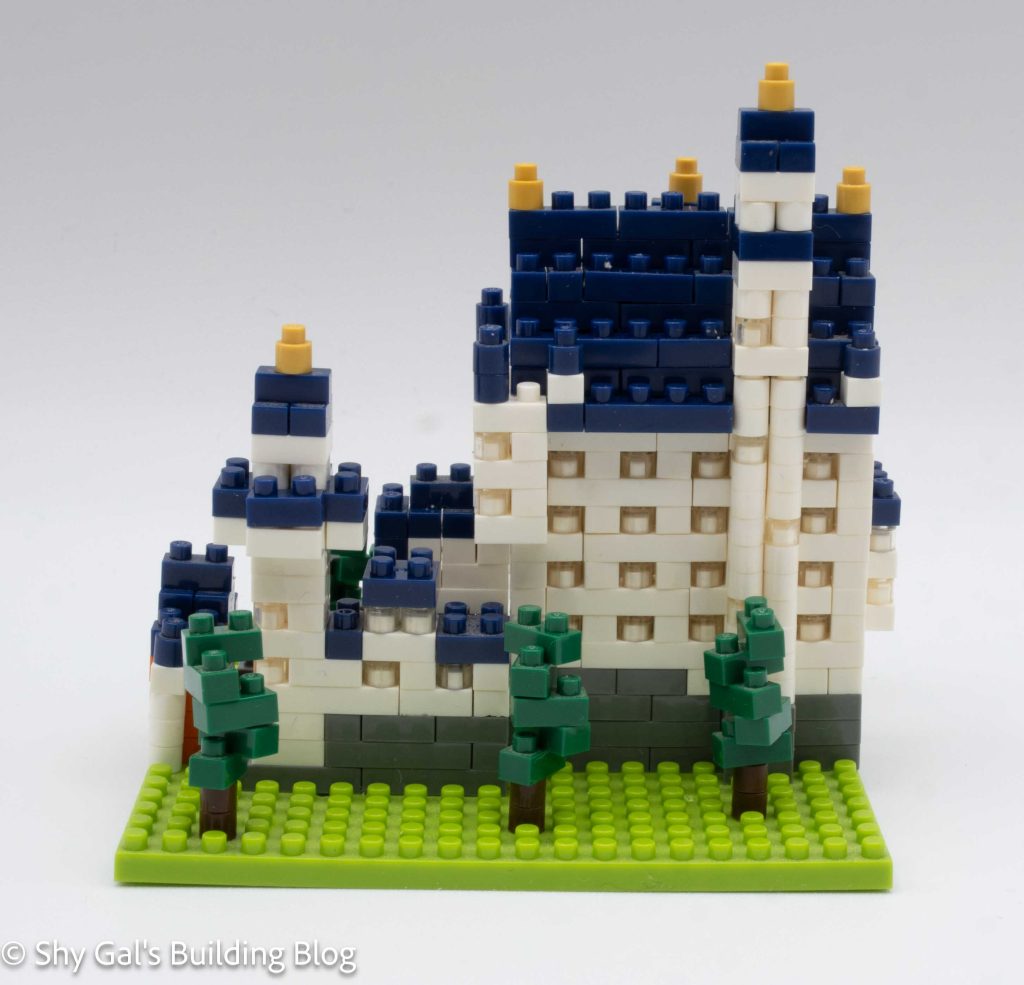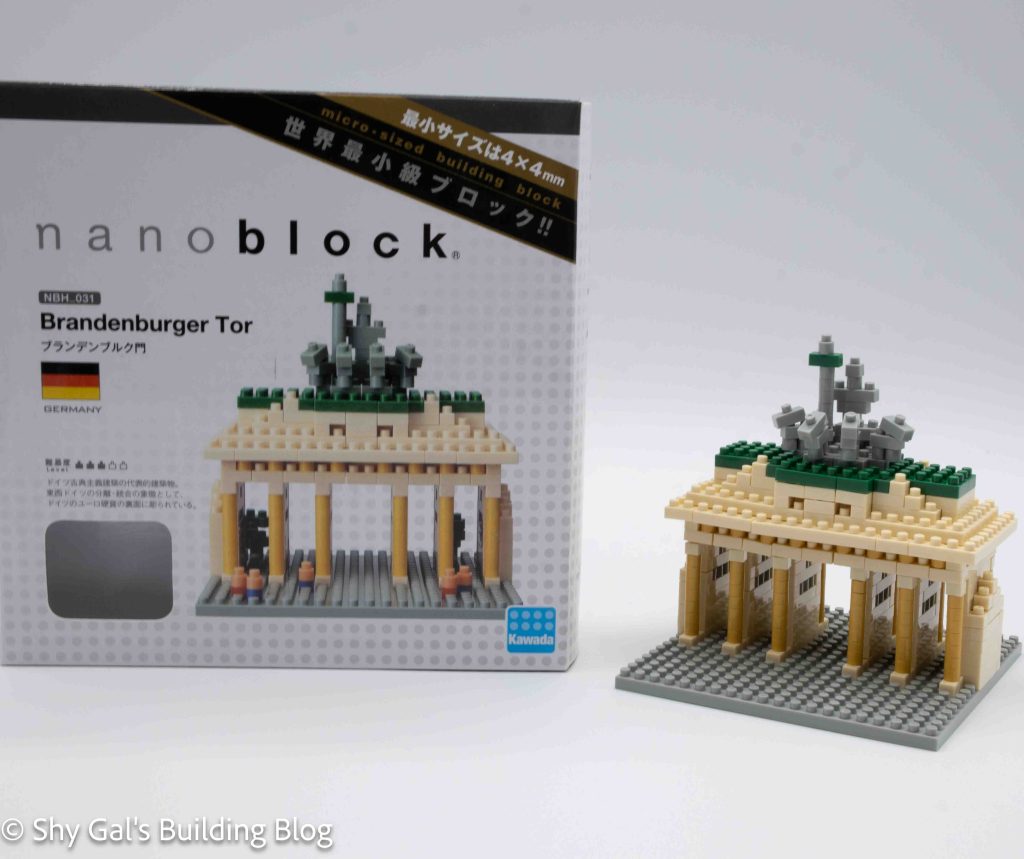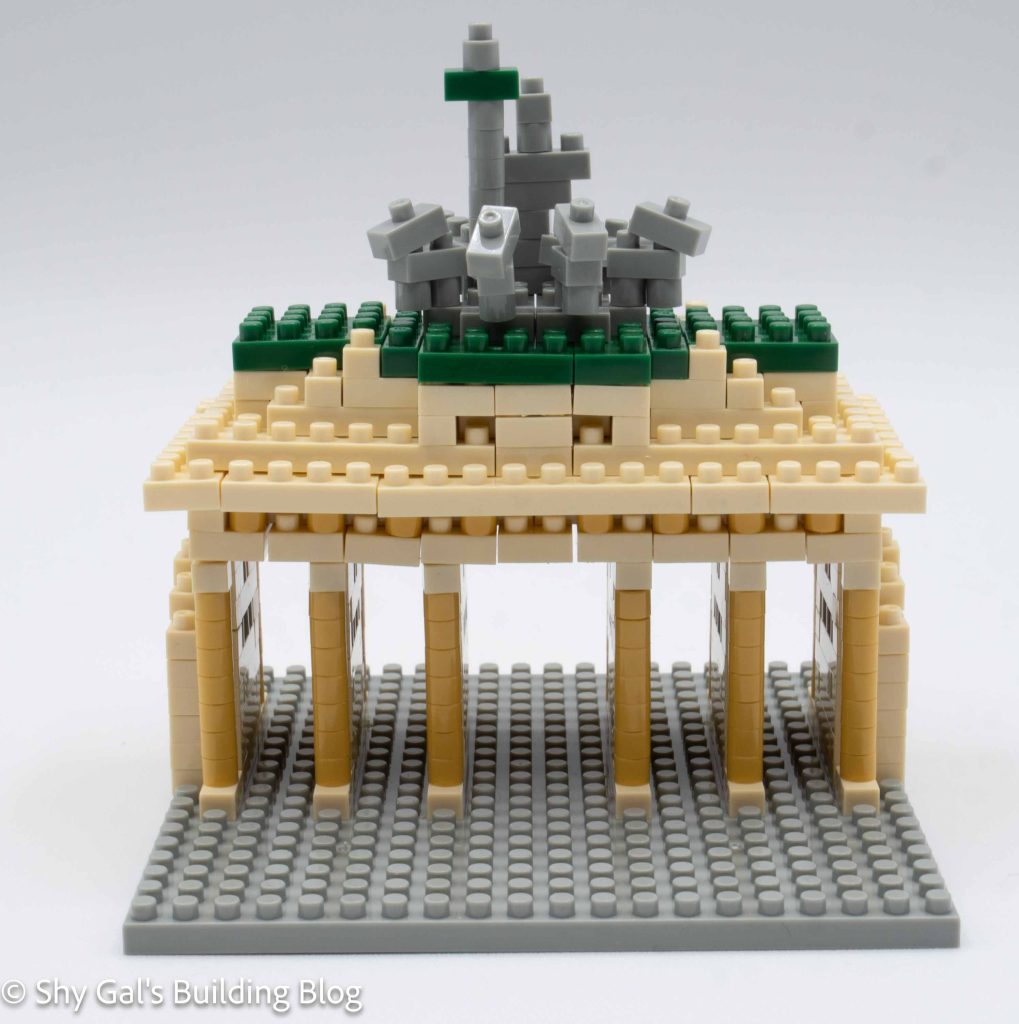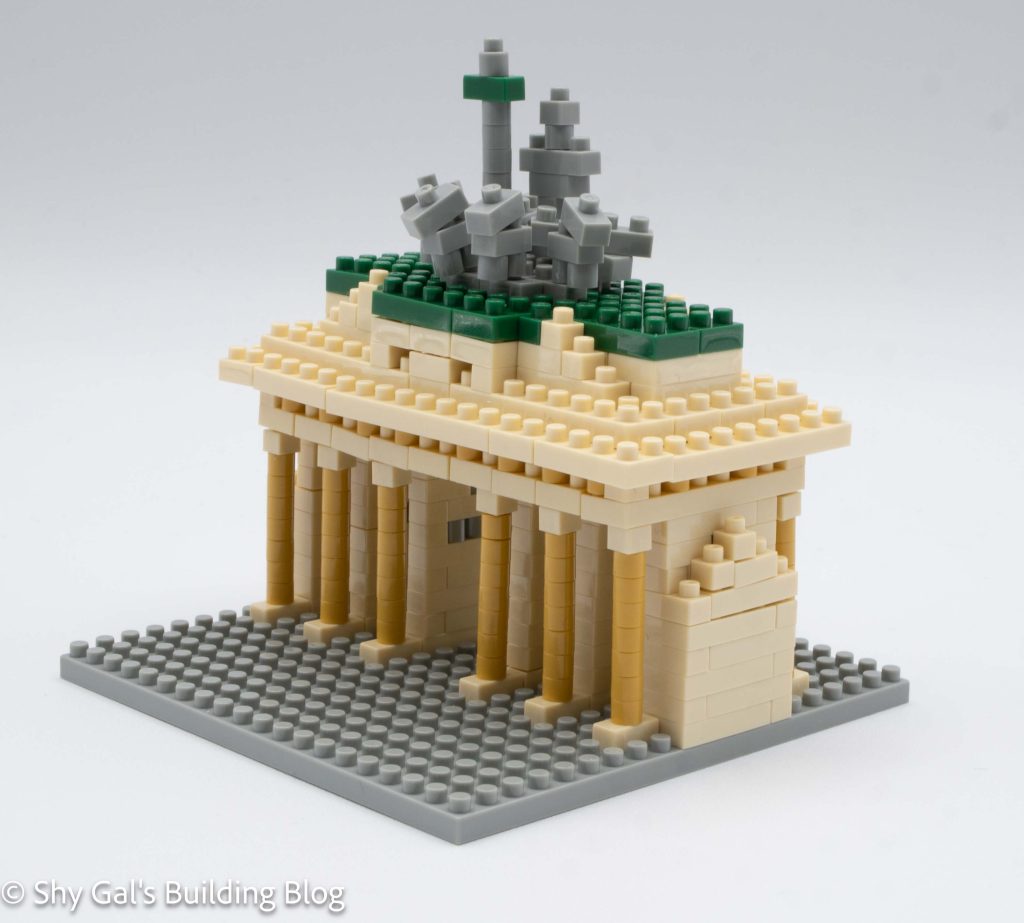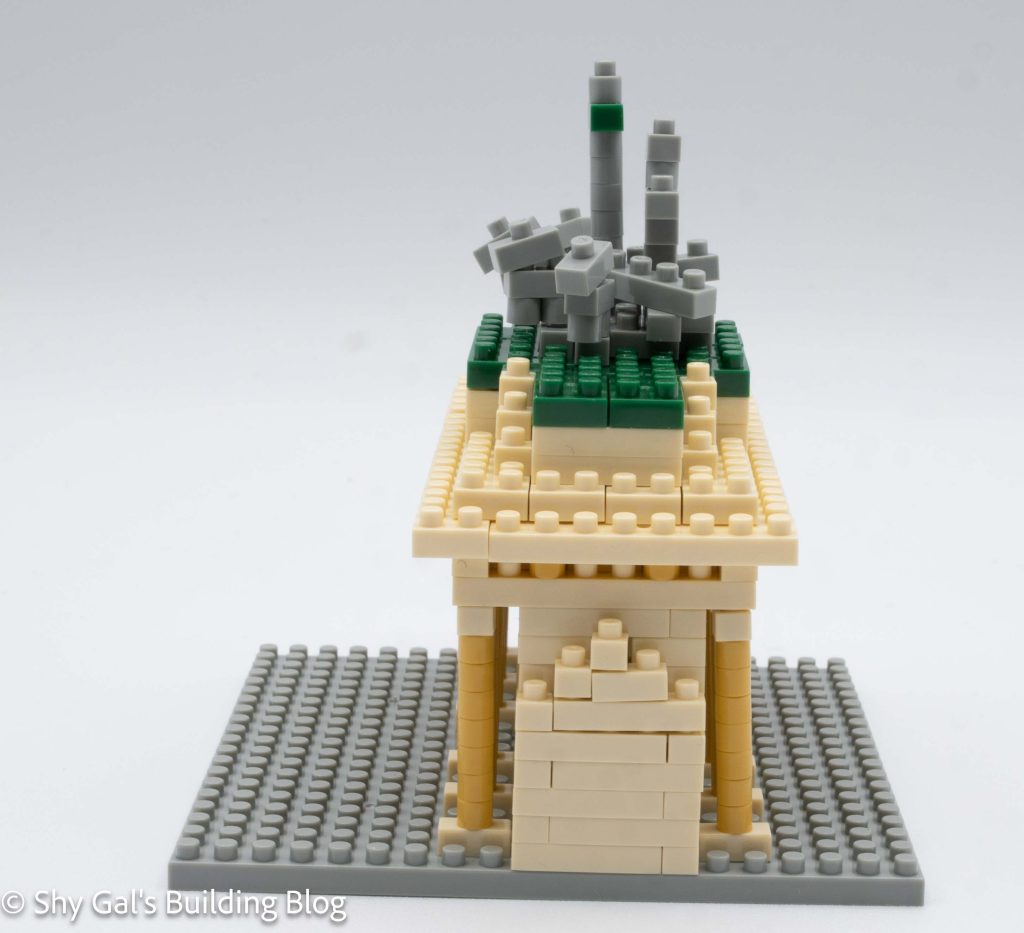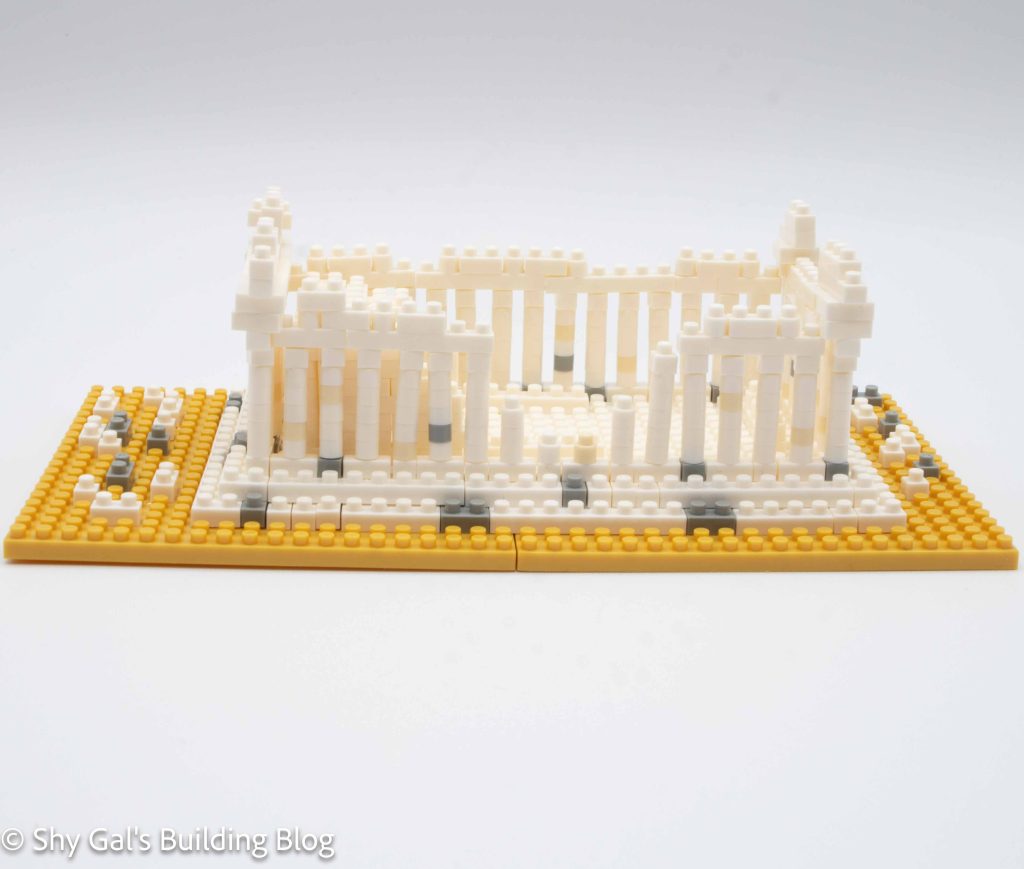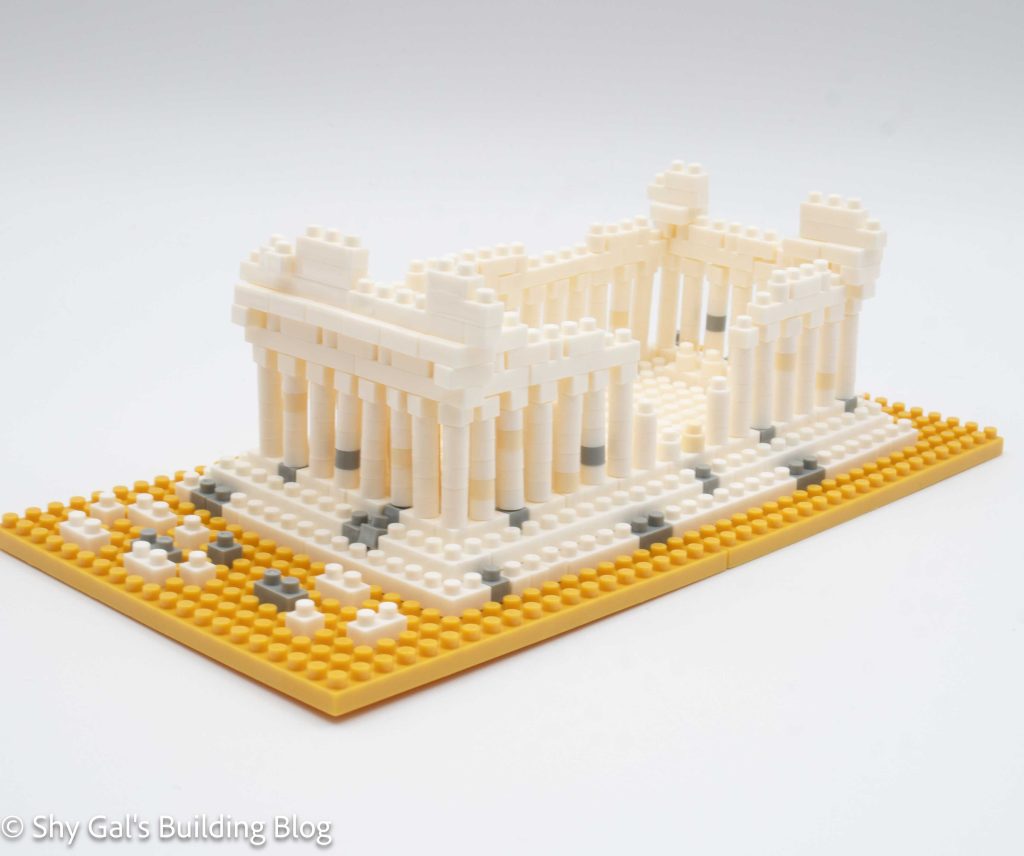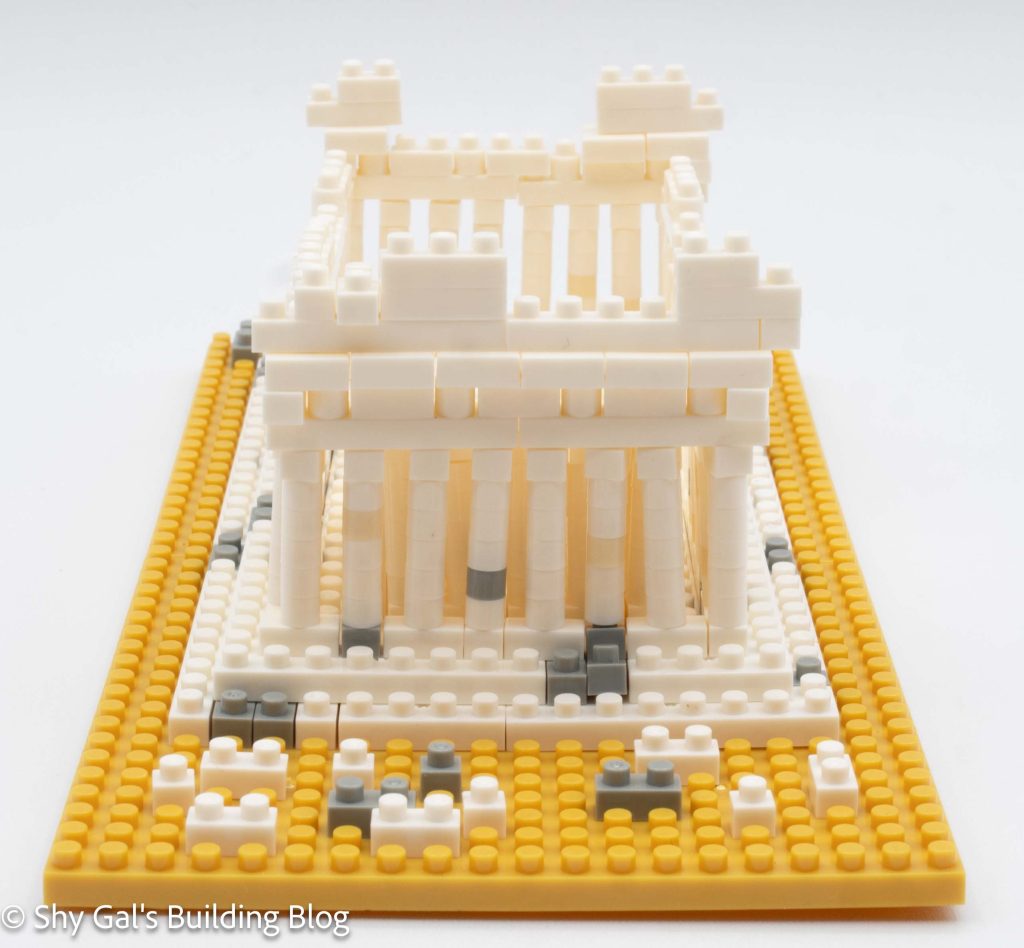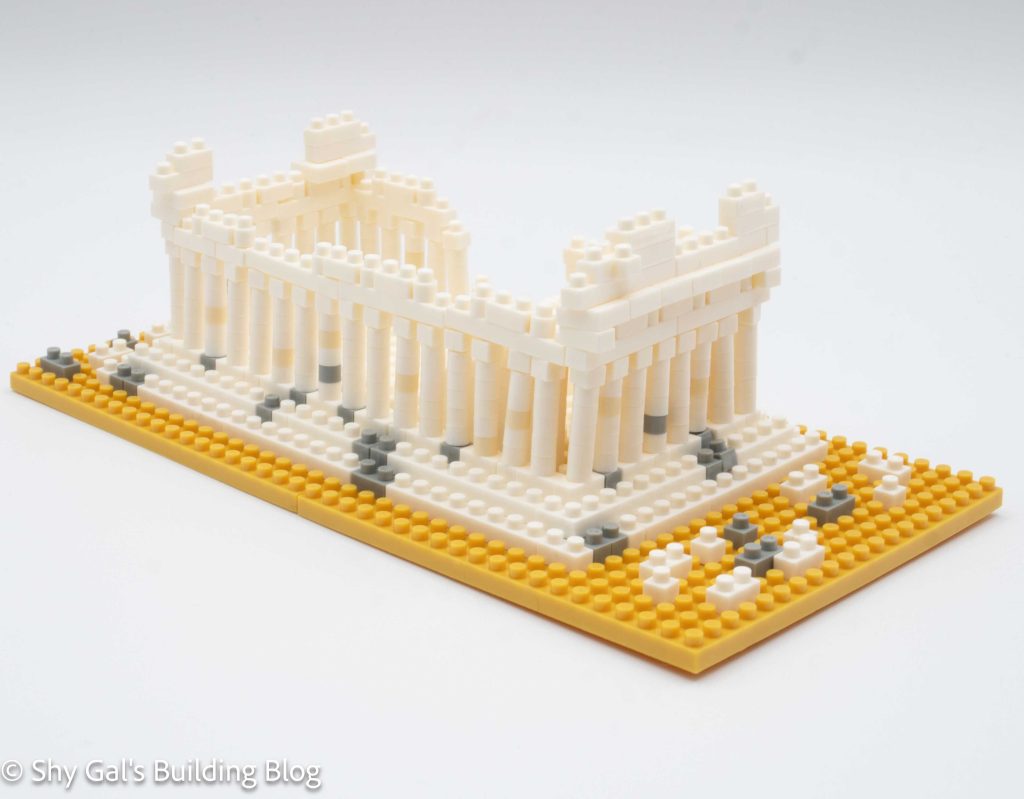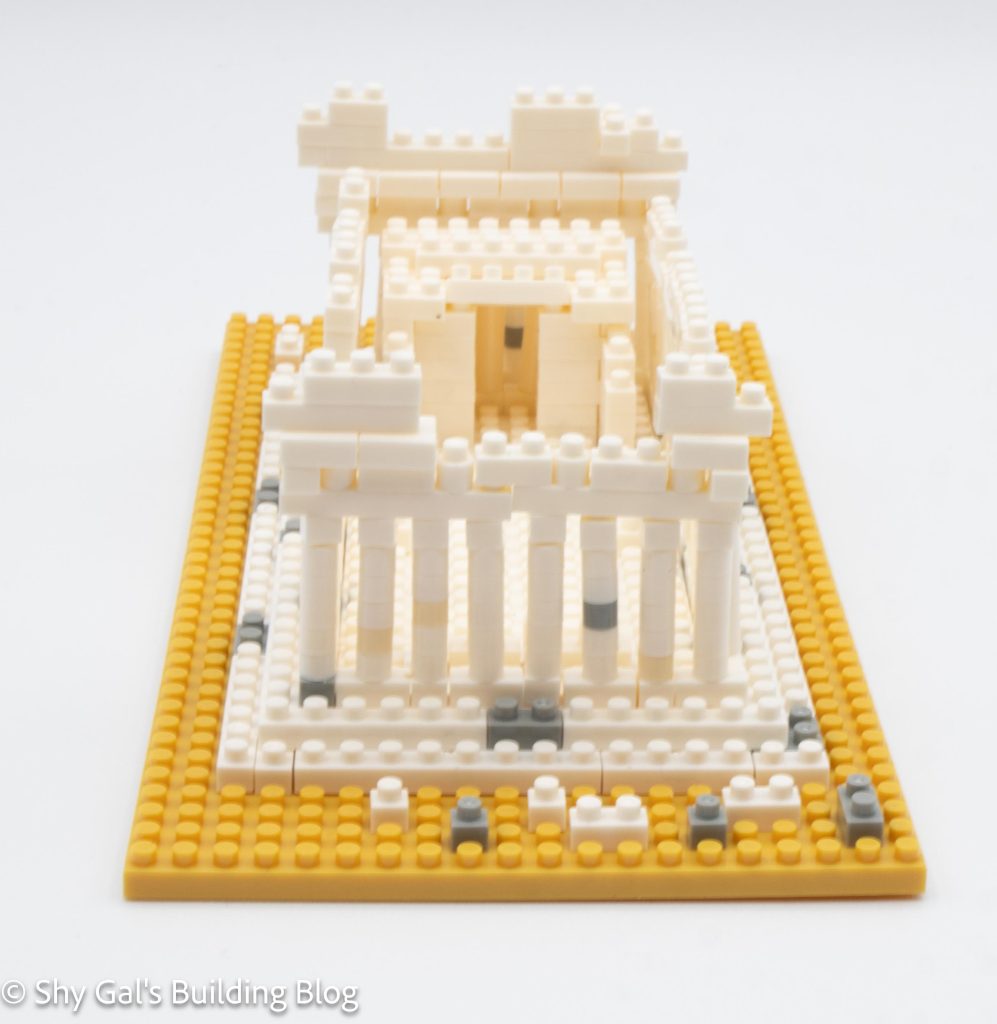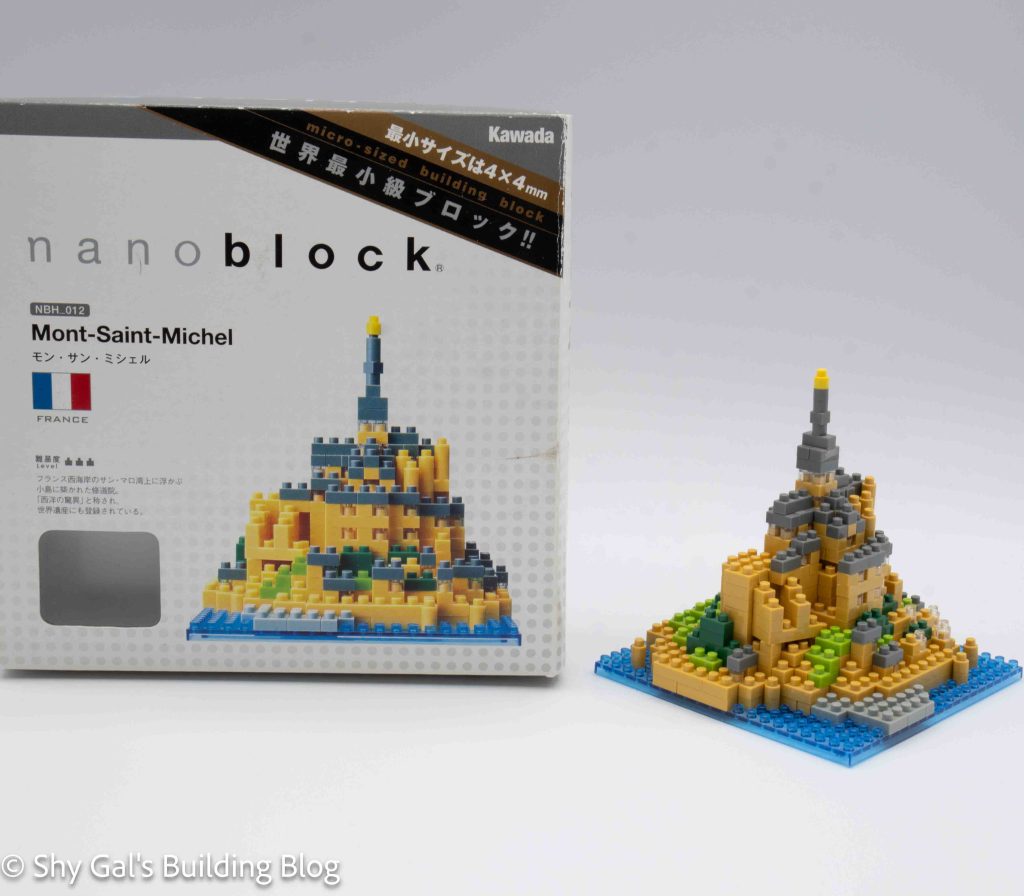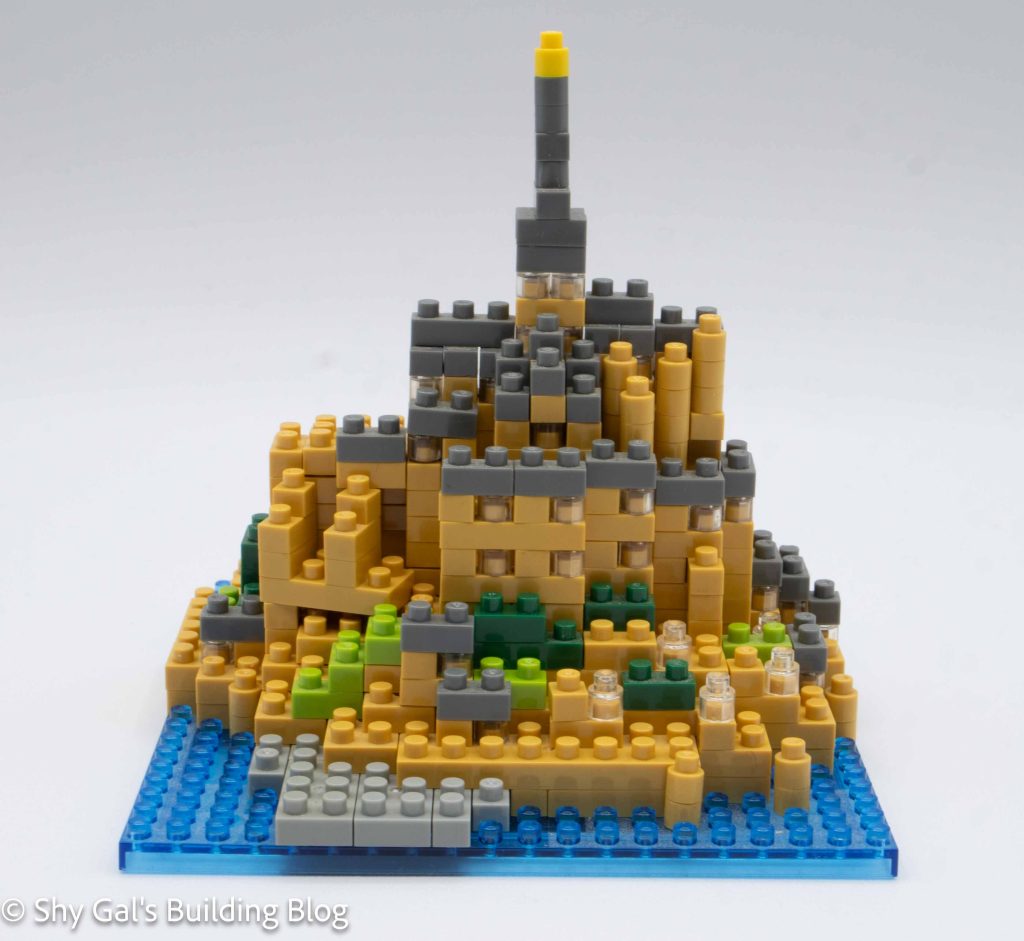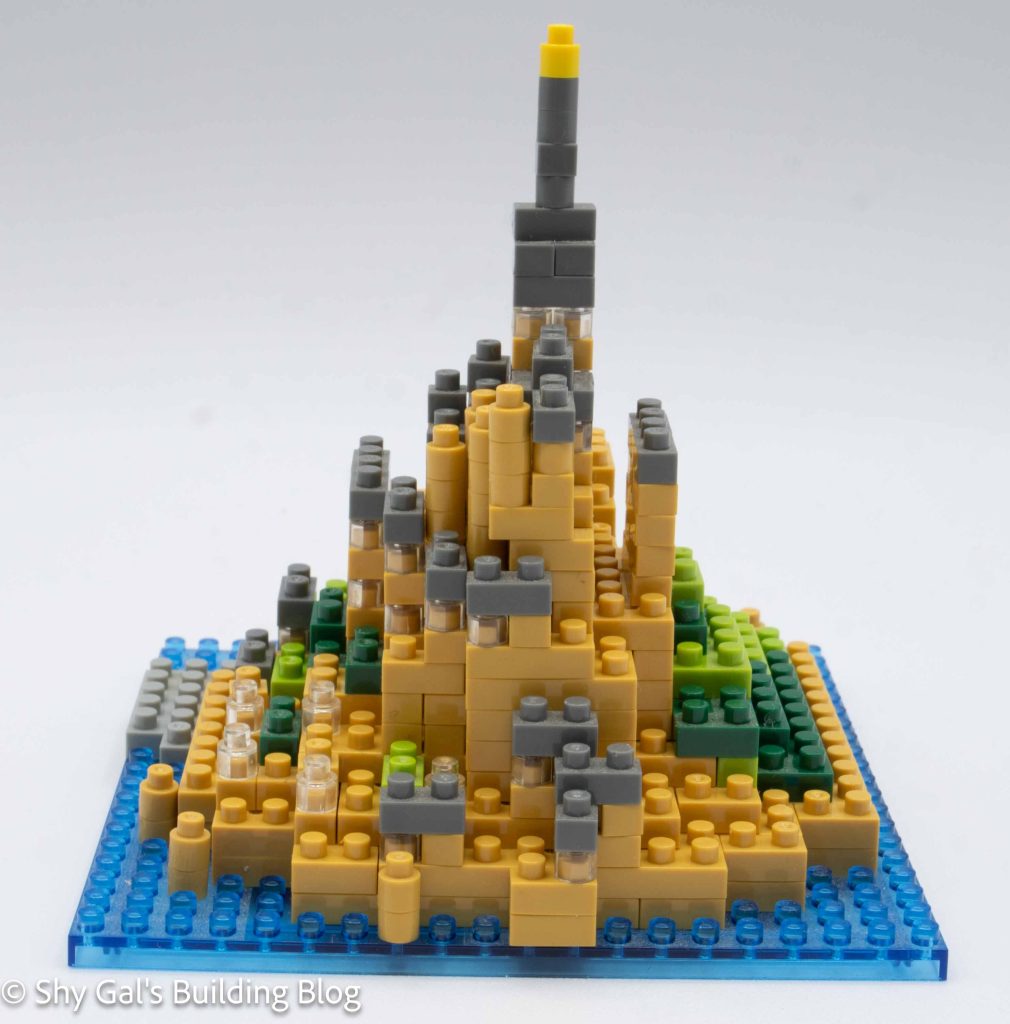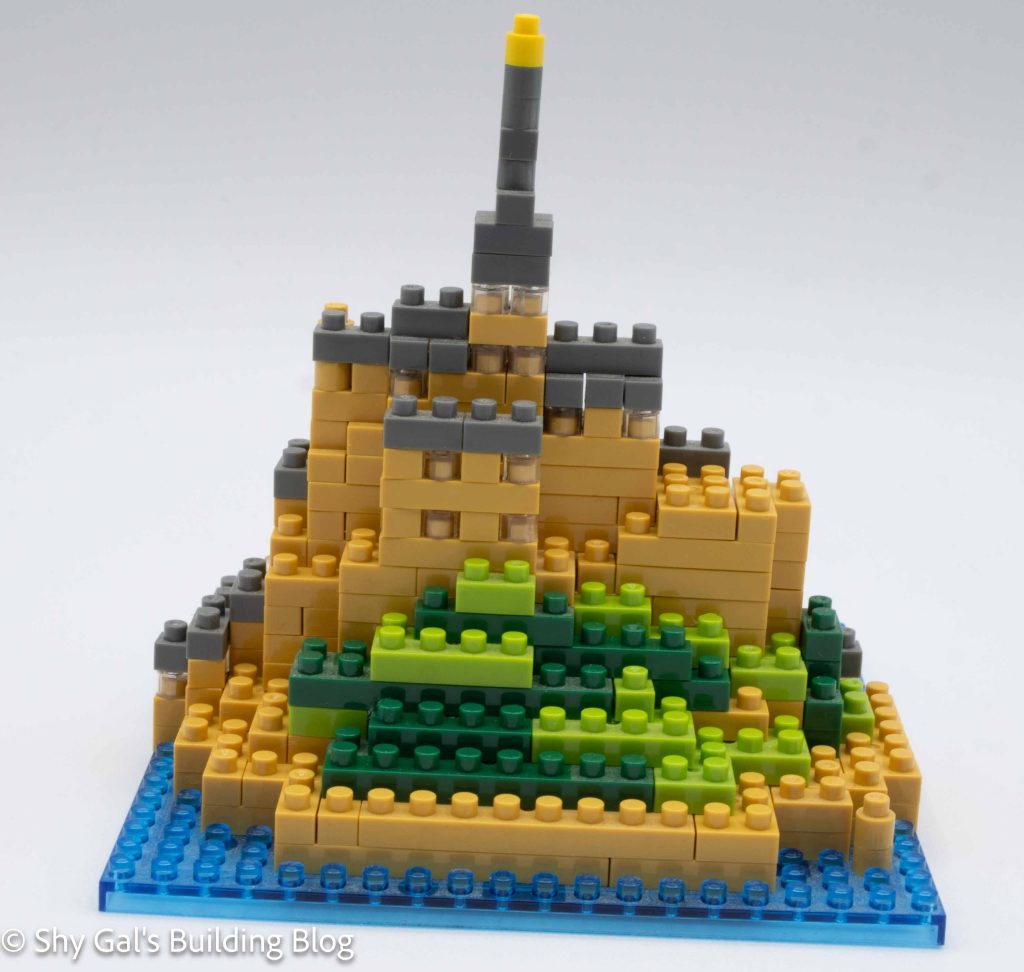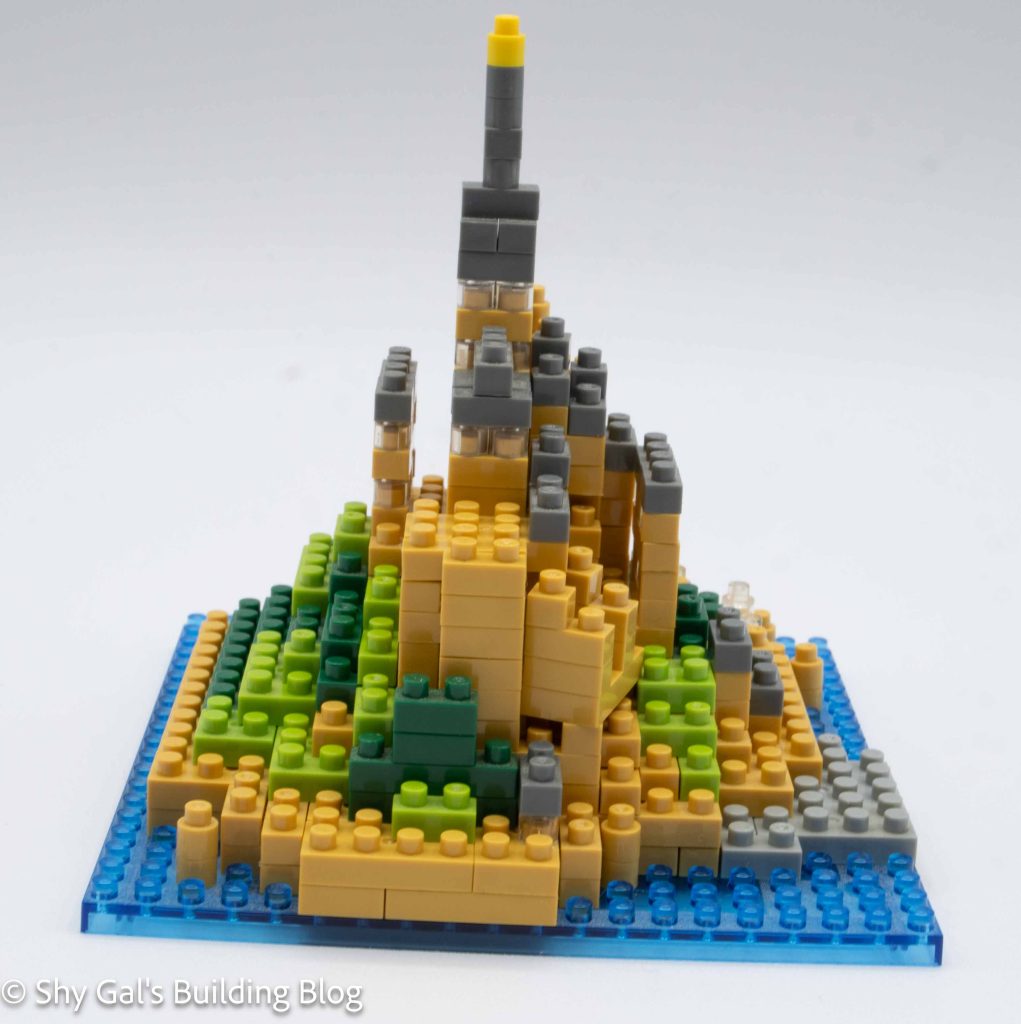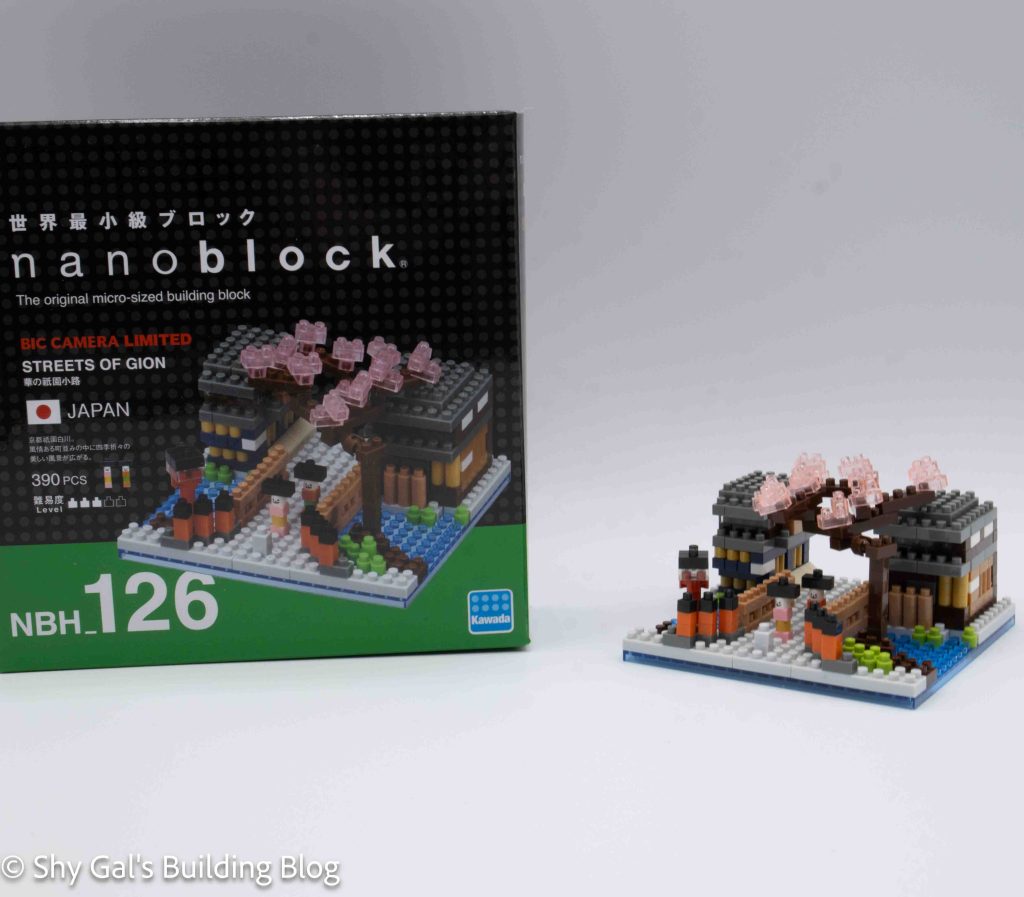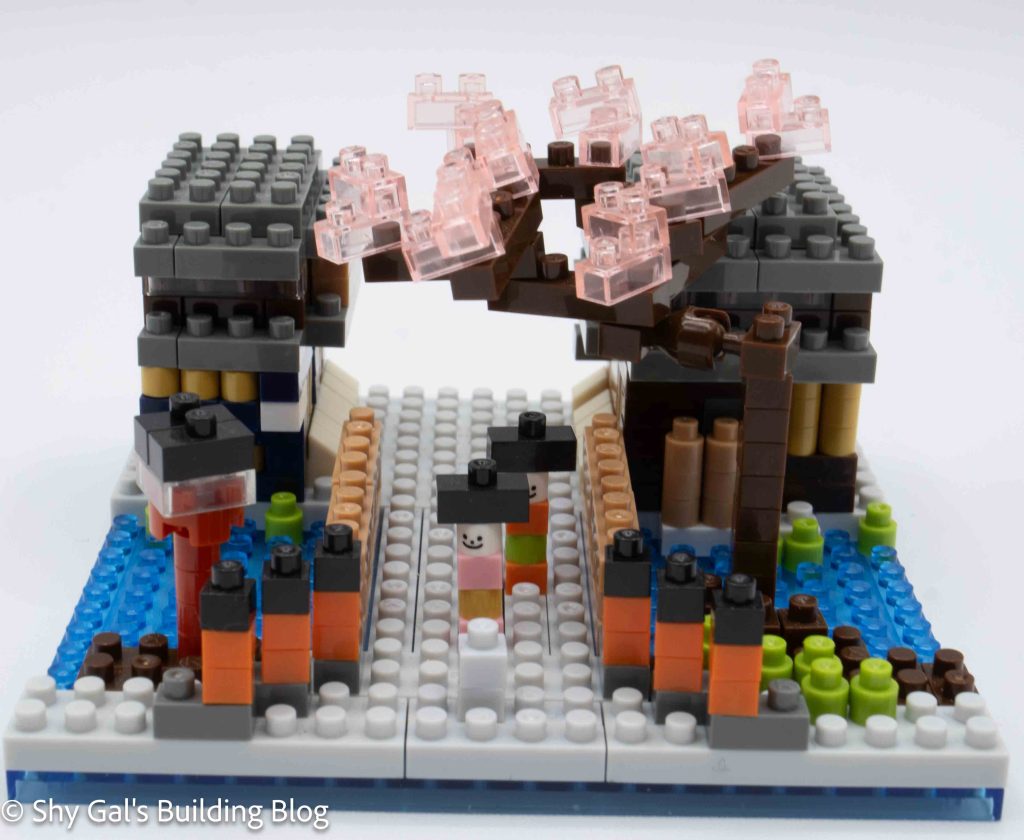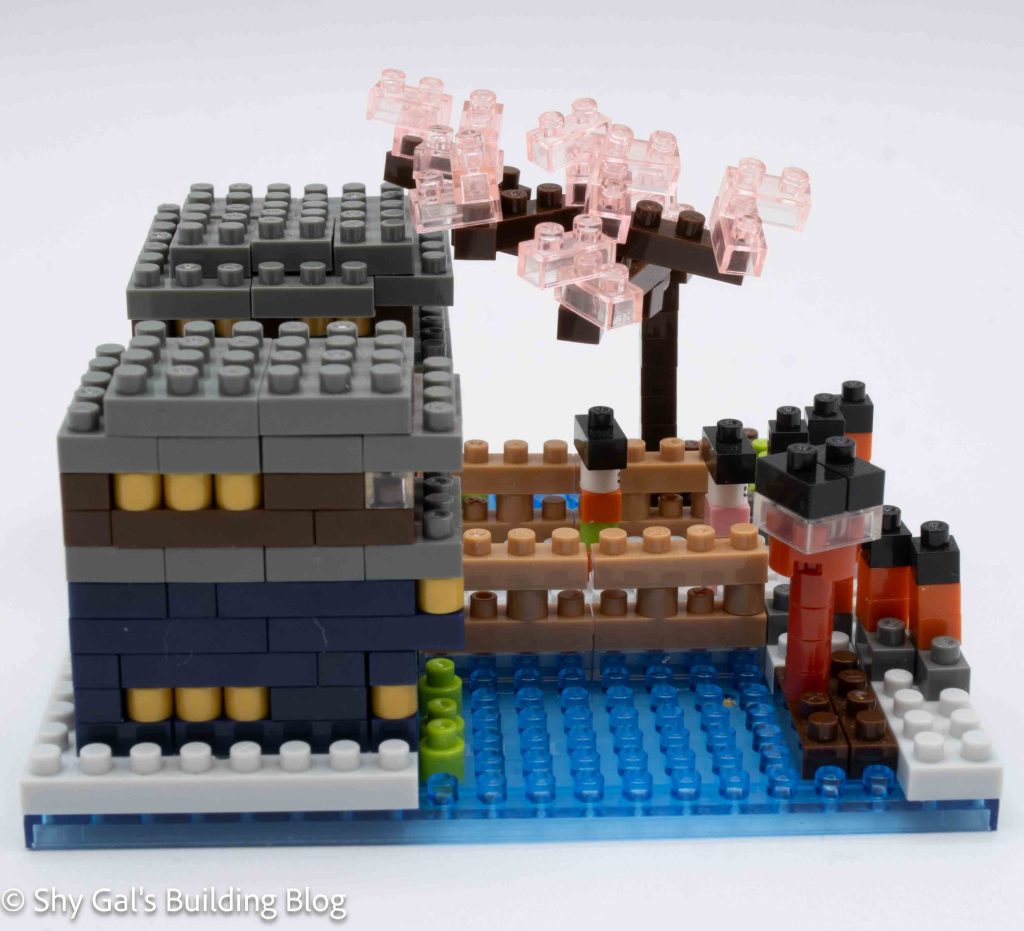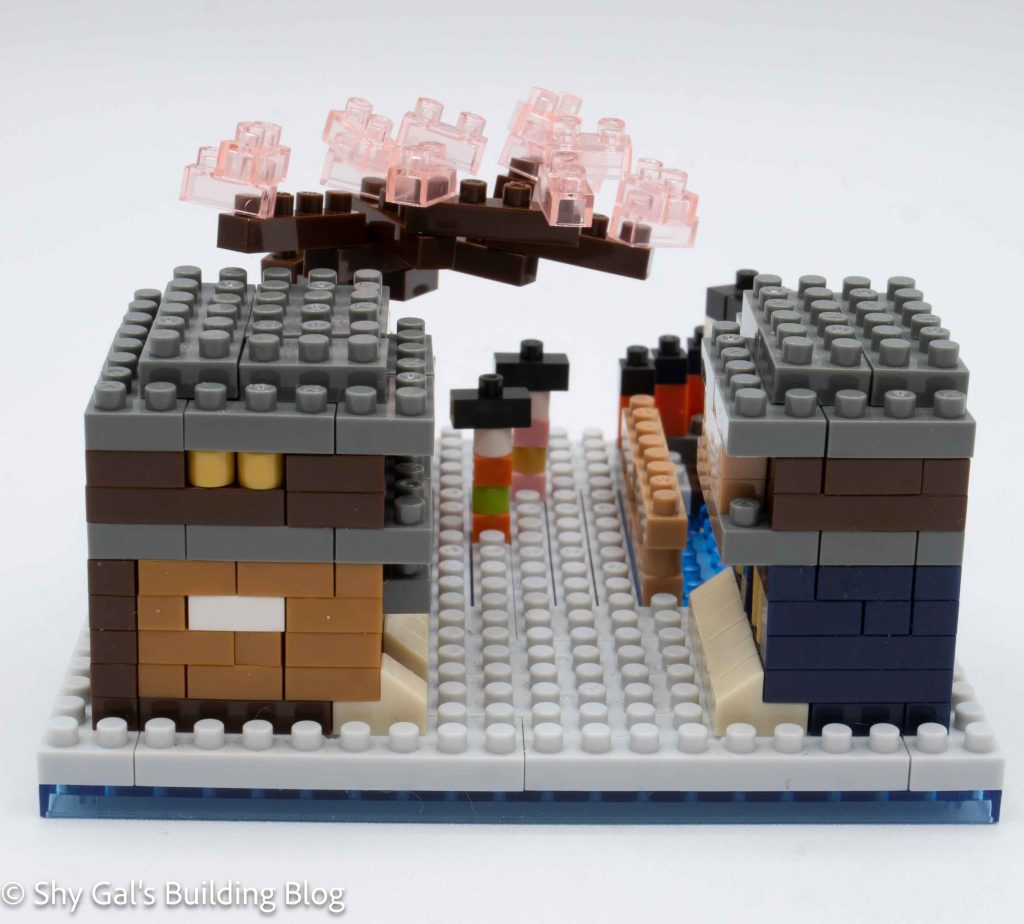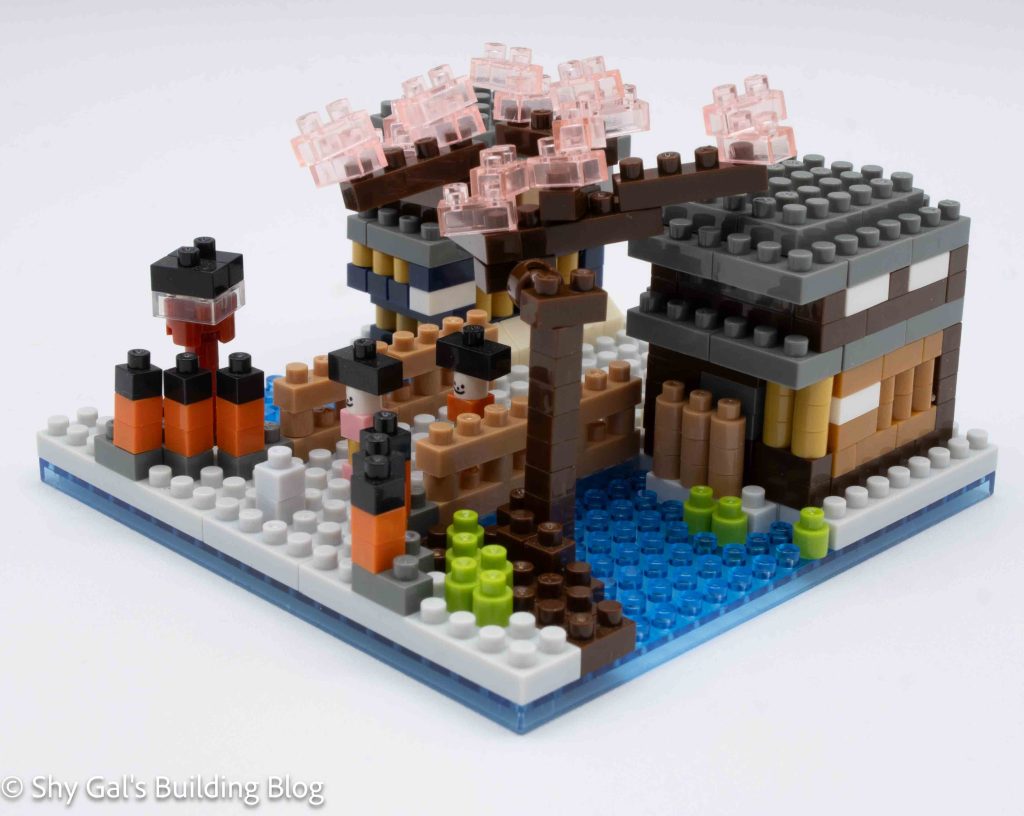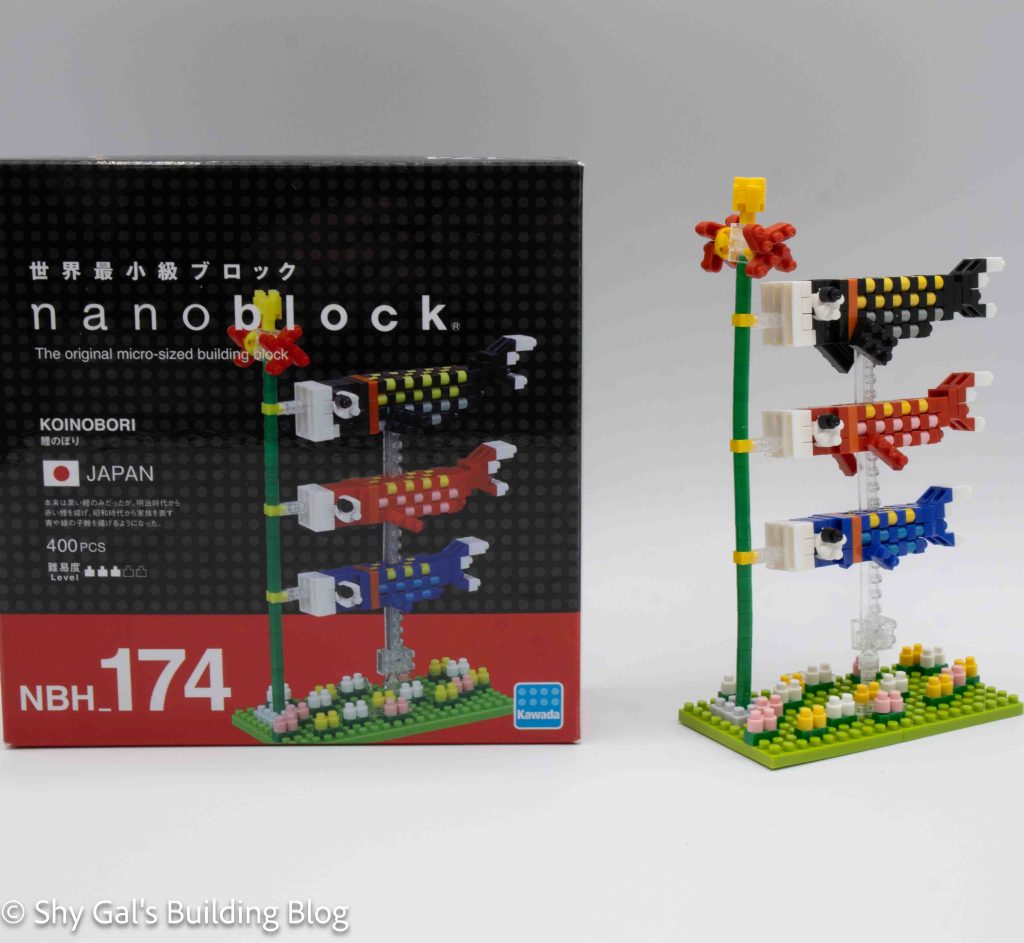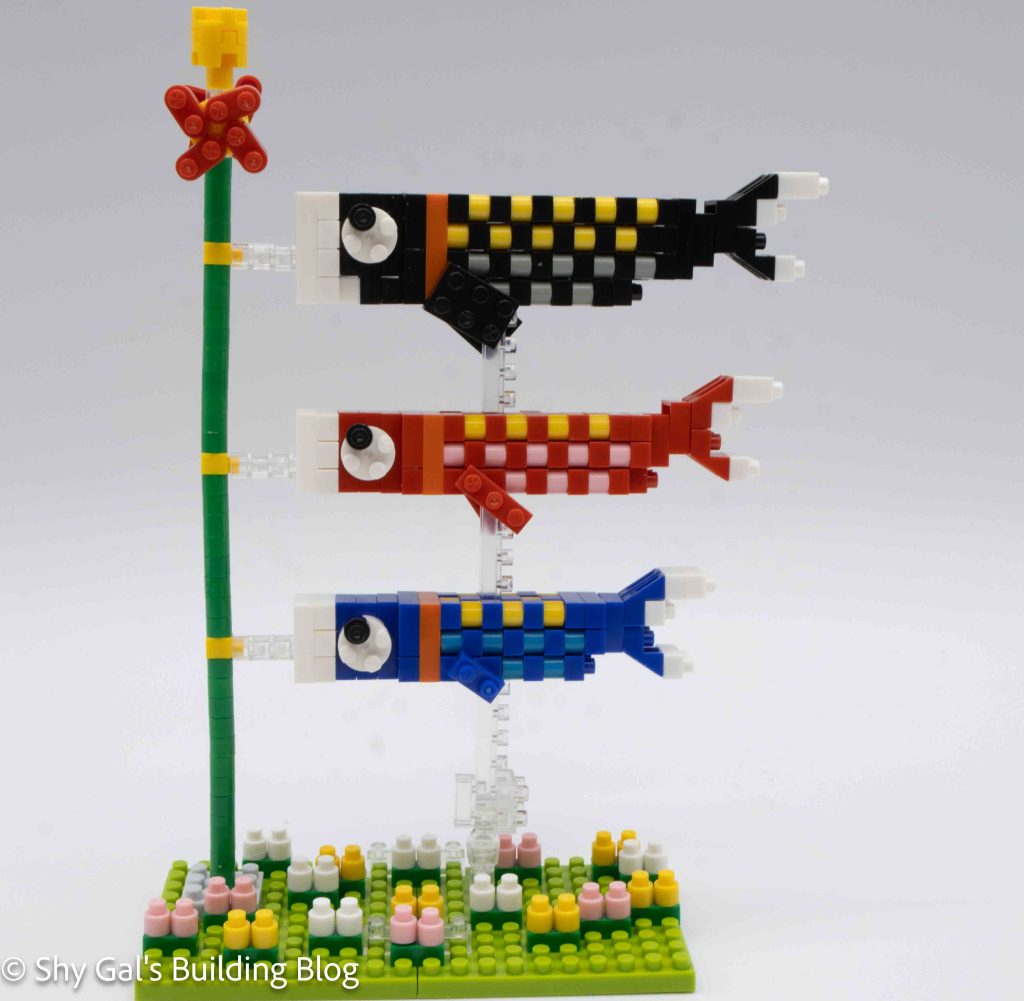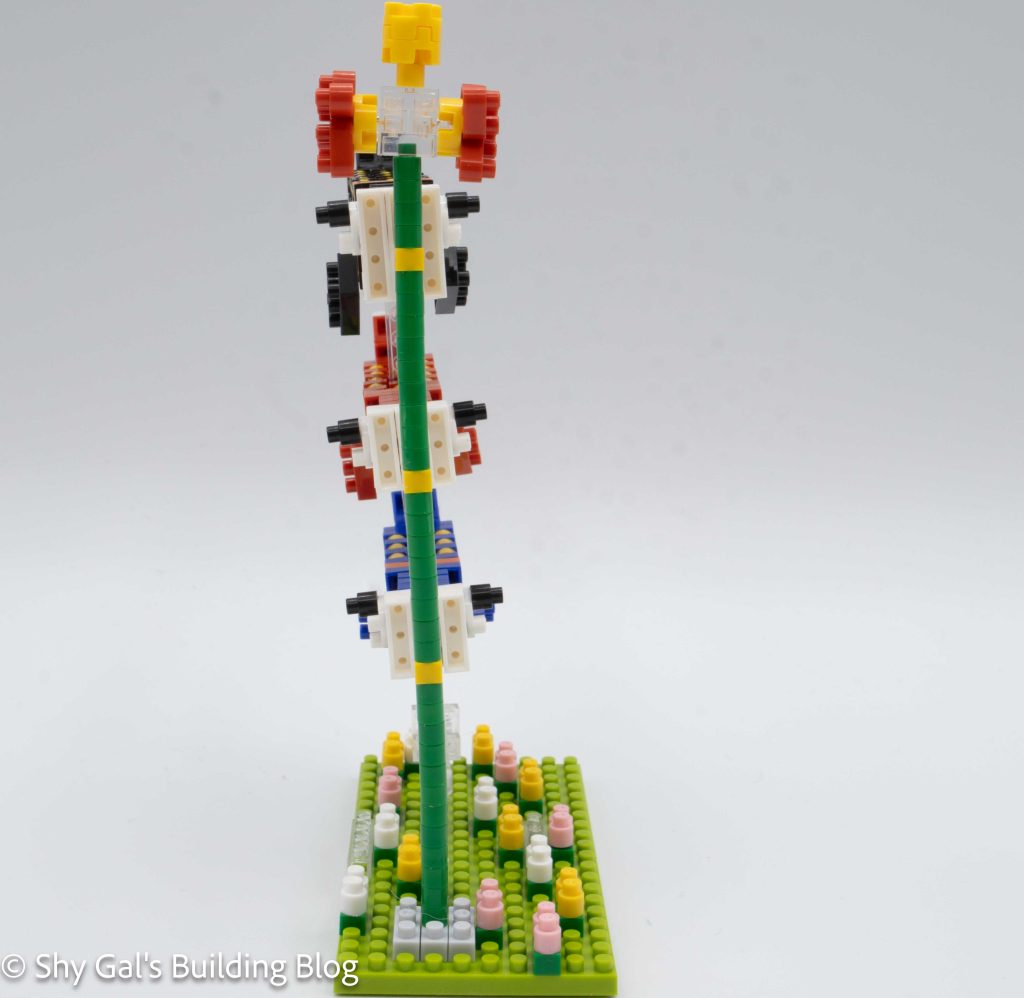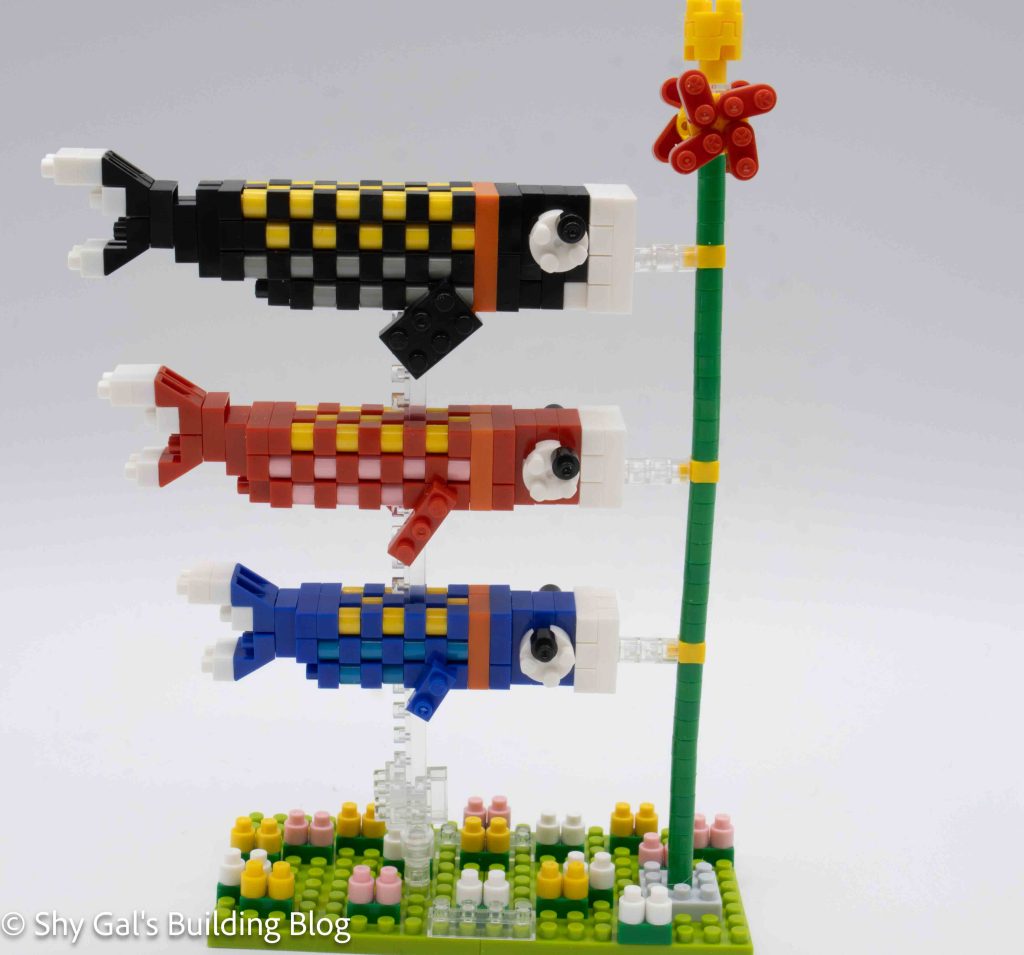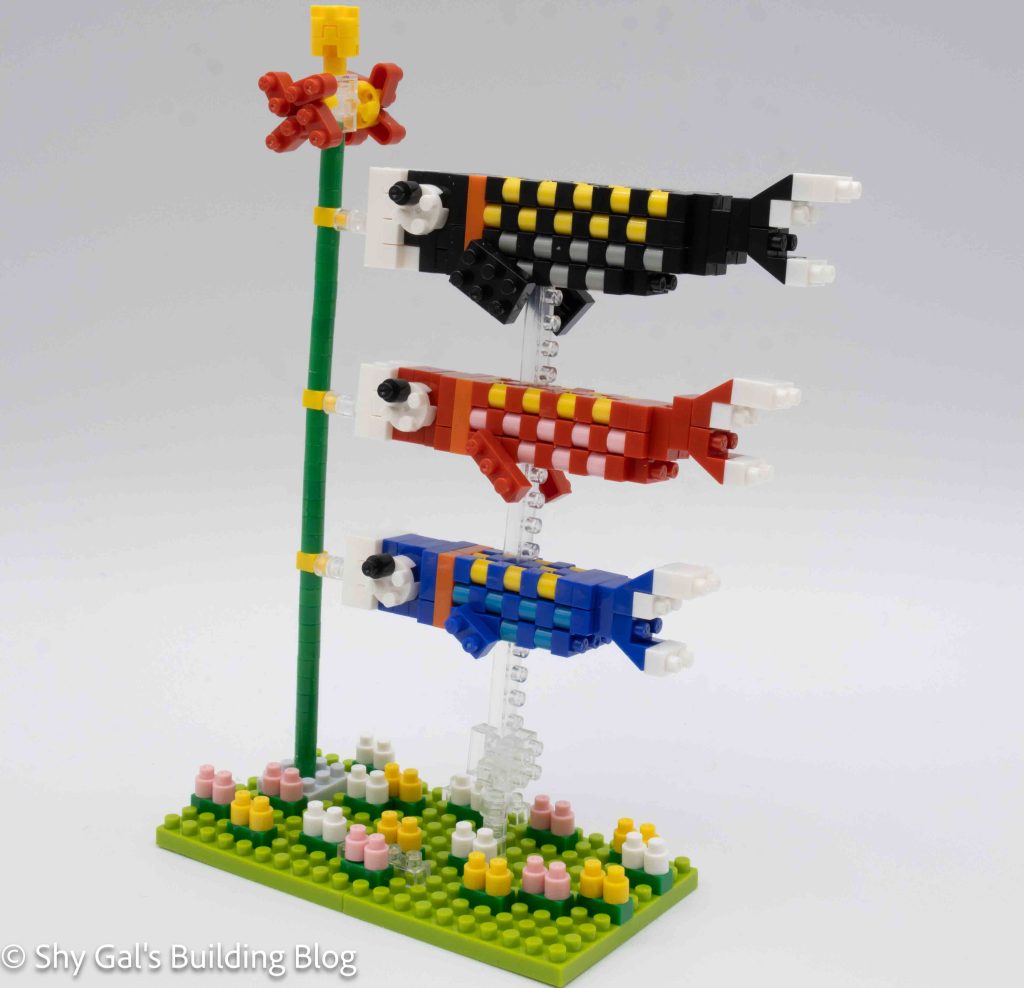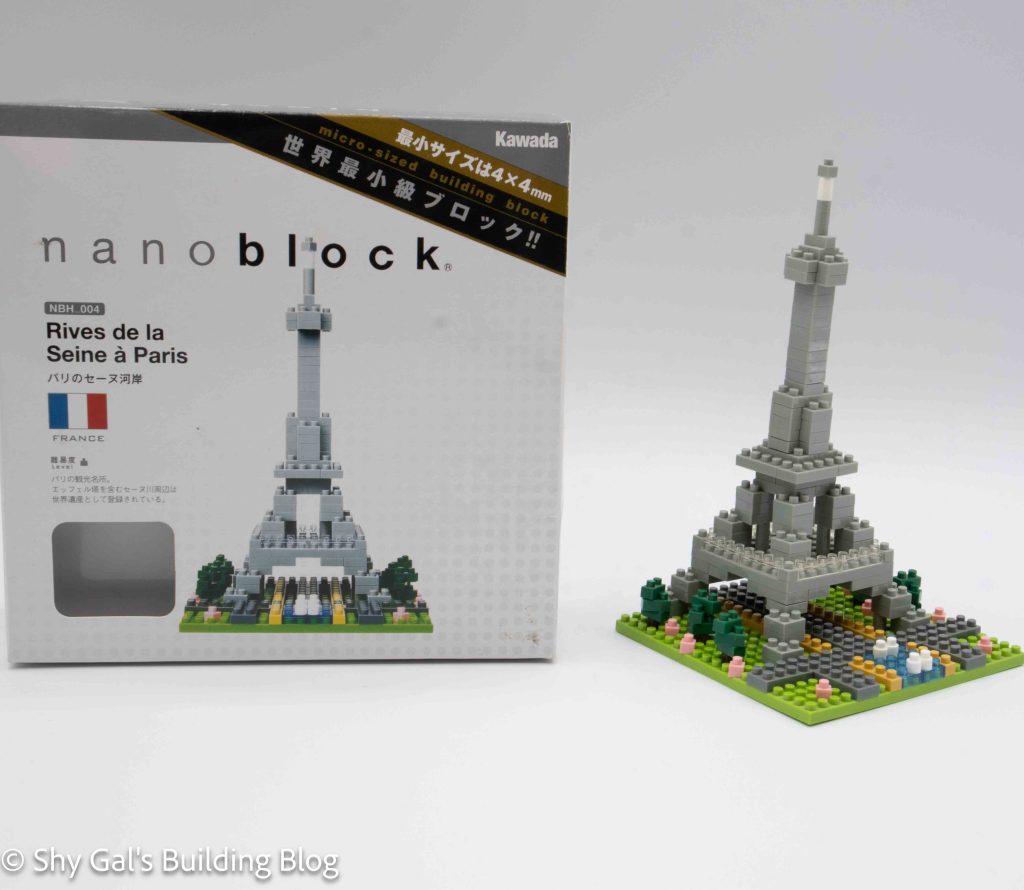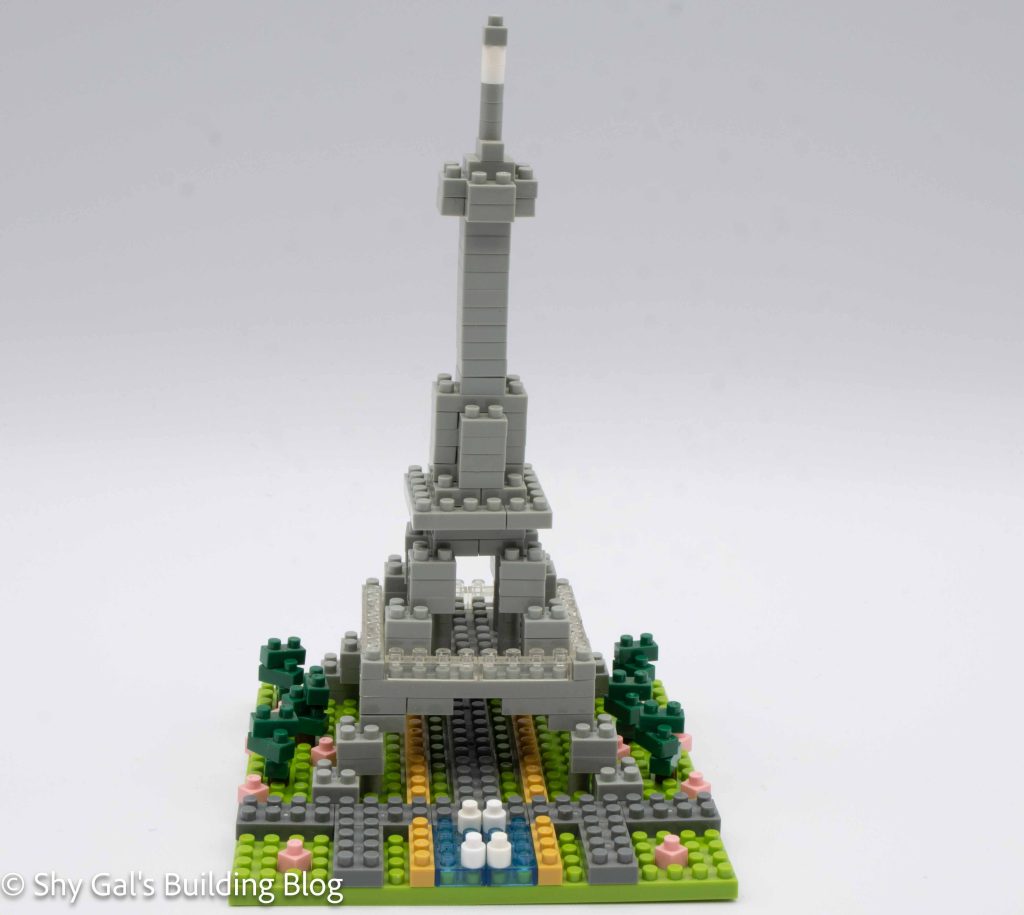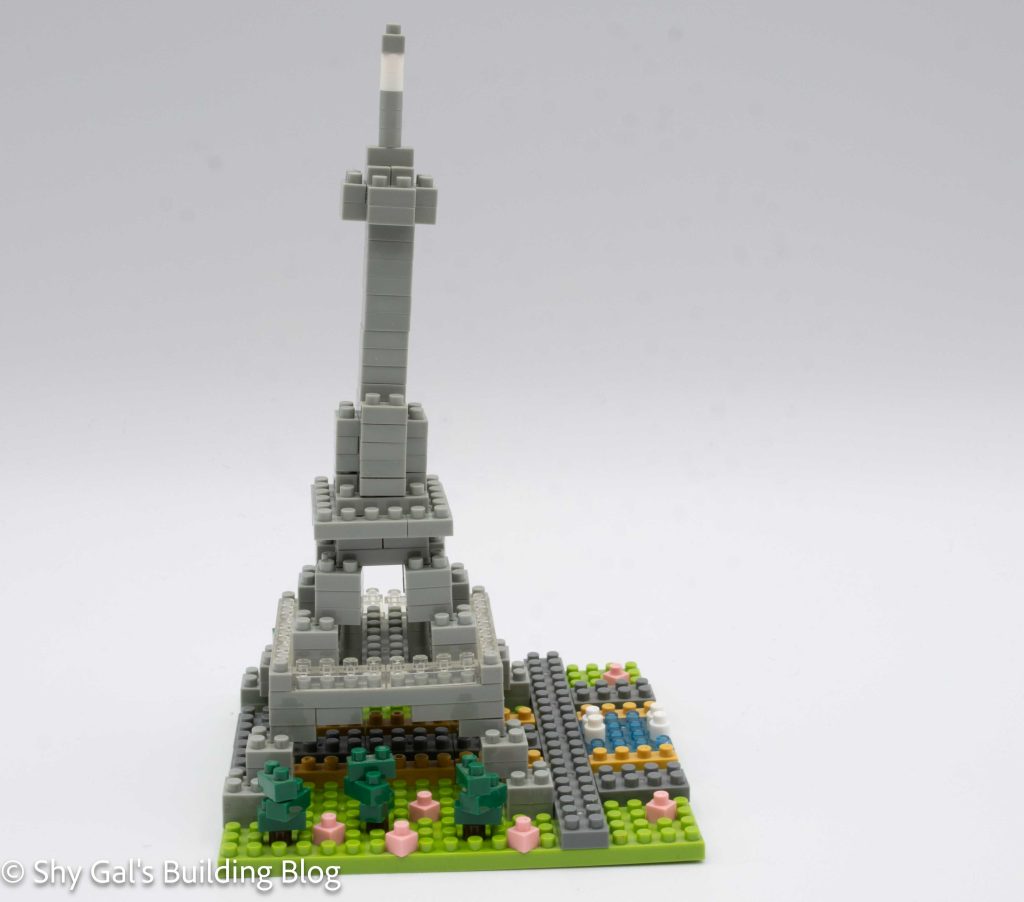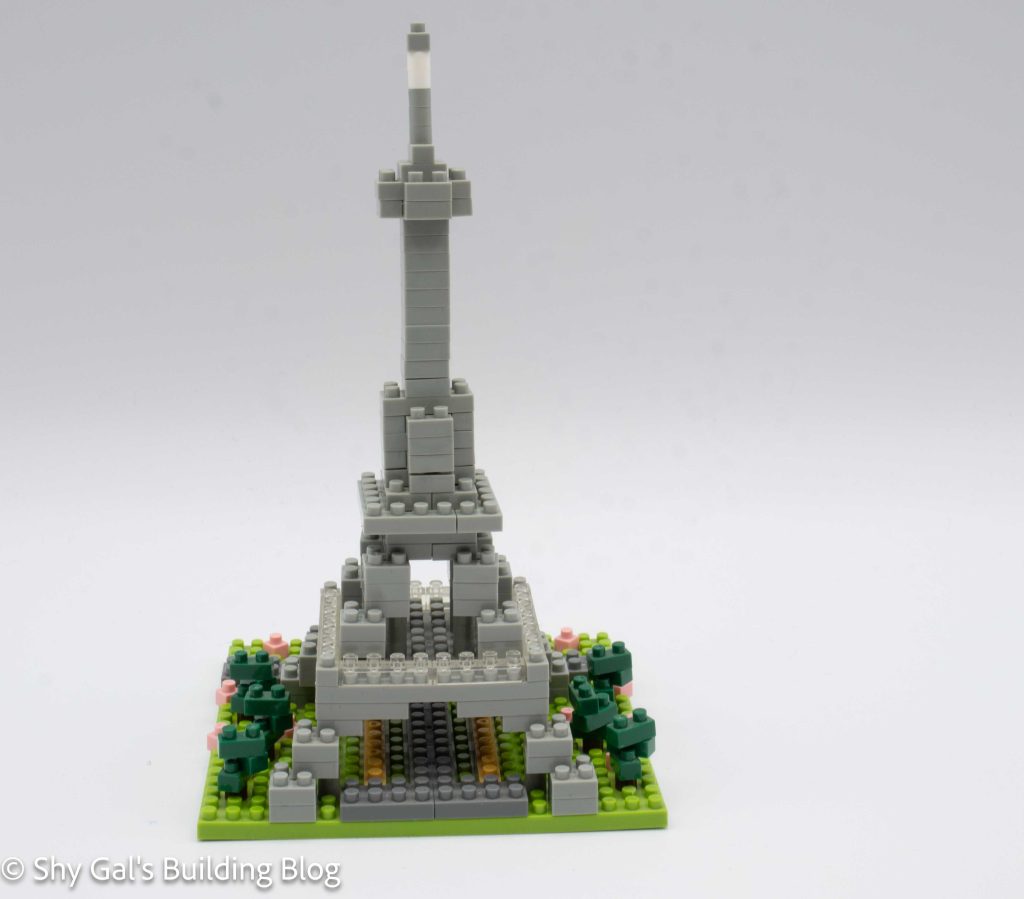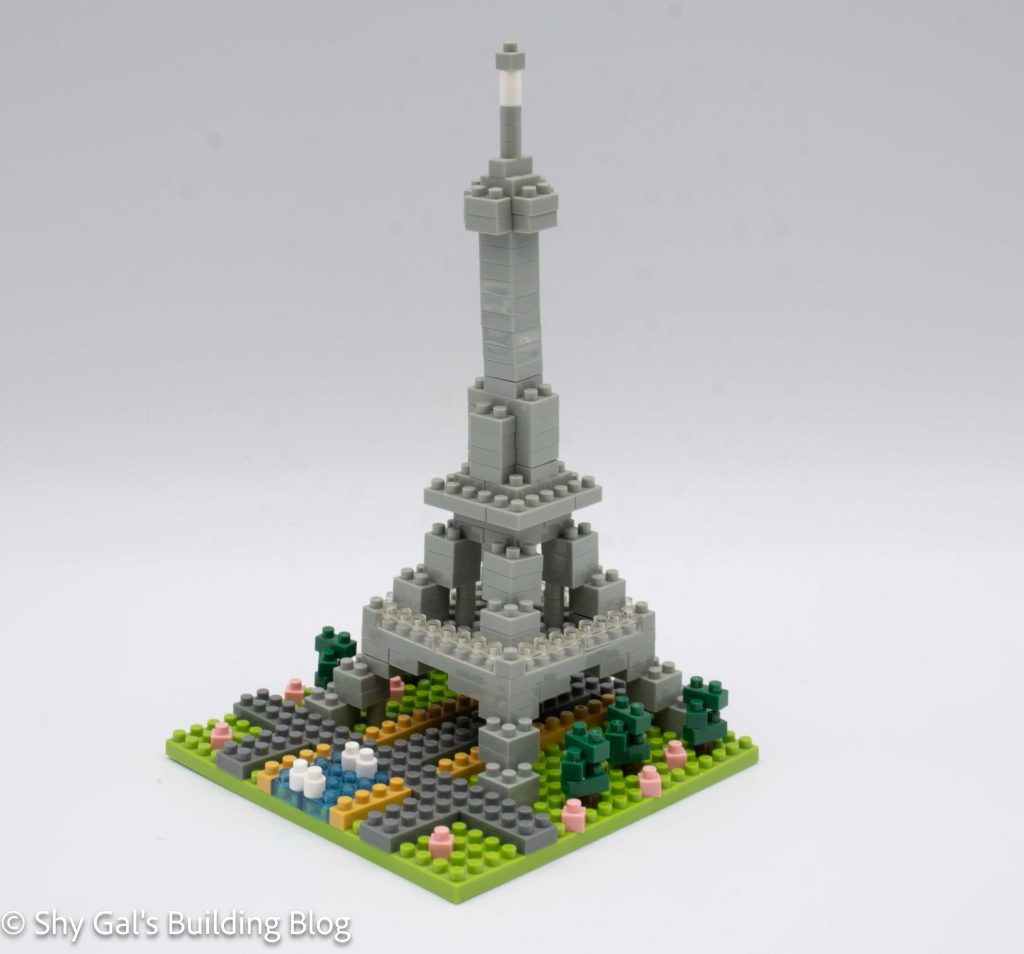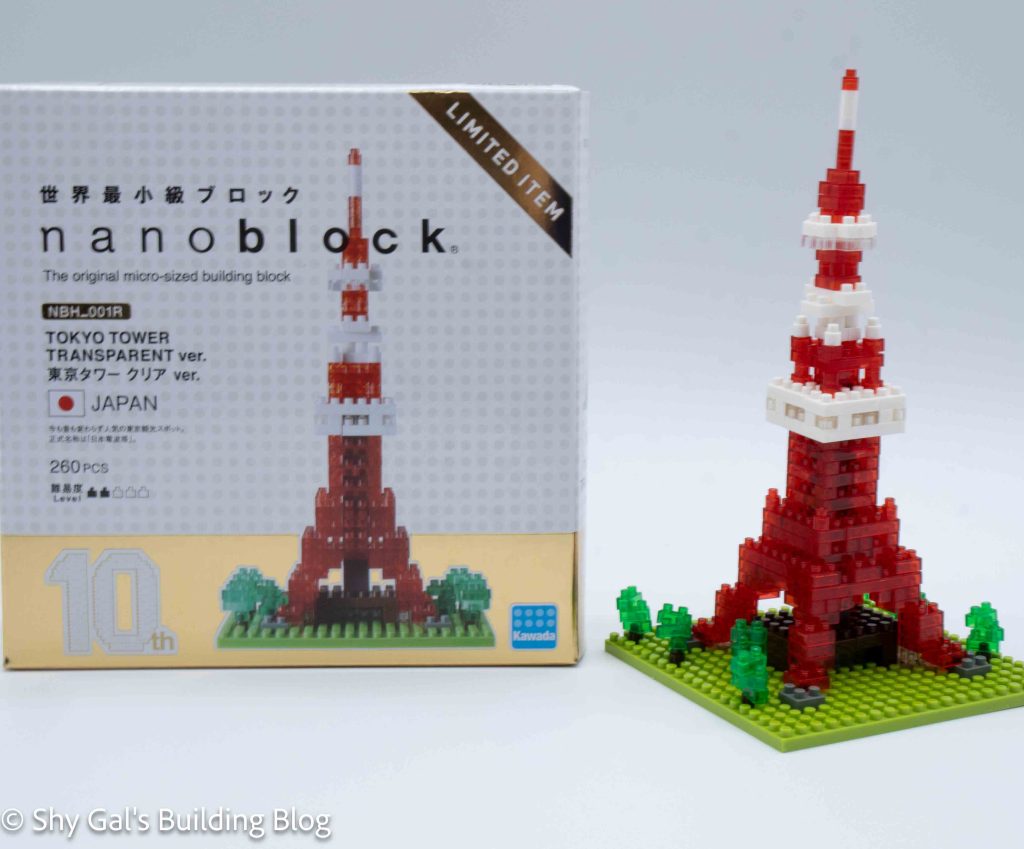
This post is a review of the nanoblock Tokyo Tower Transparent ver build. Tokyo Tower Transparent ver is part of the nanoblock Sights to See collection. Wondering what else is part of the Sights to See collection? Click here for a list.
Number: NBH_001R
Country: Japan
Number of Pieces: 260
Difficulty Rating: 2/5
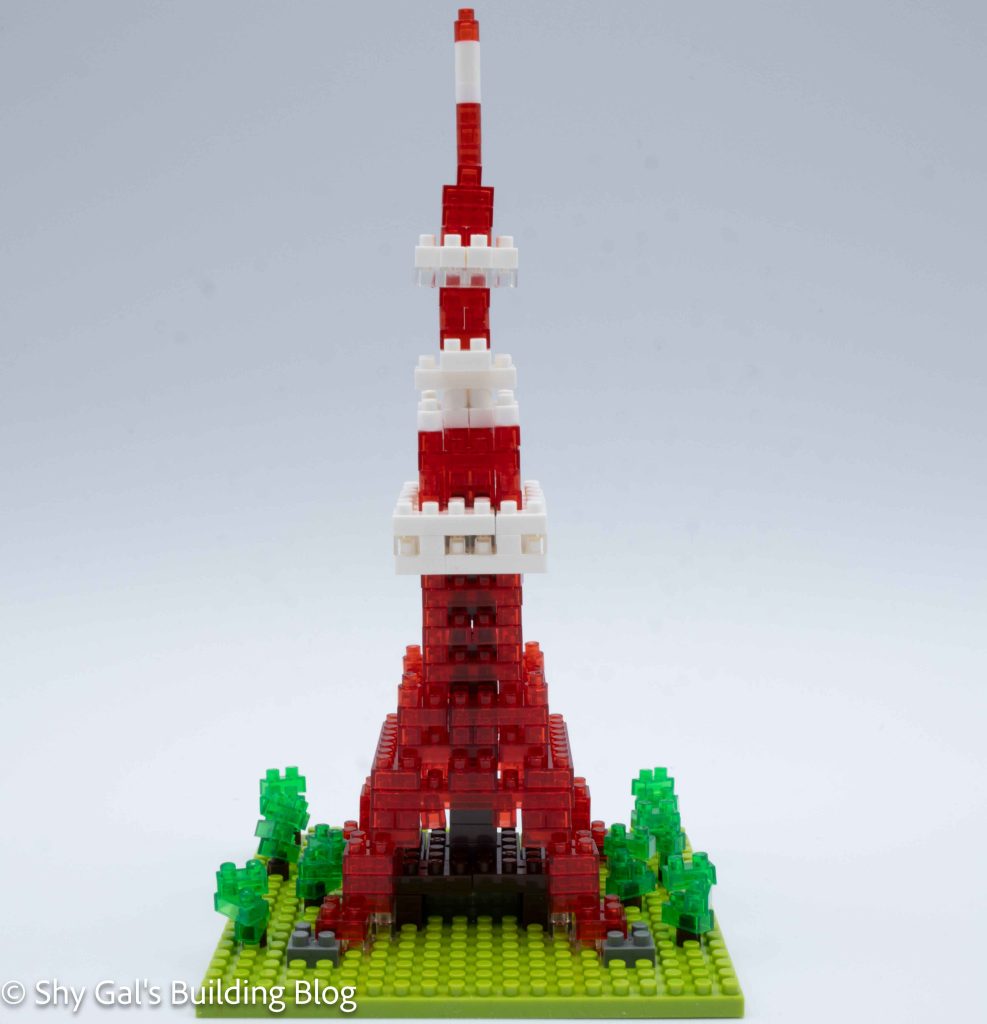
This is a rerelease of the original Tokyo Tower (NBH_001). It was released using clear red bricks for nanoblock’s 10 anniversary.
The build began by laying bricks out on the base. This includes some tree trucks, the supports for the tower, and the building under the tower.
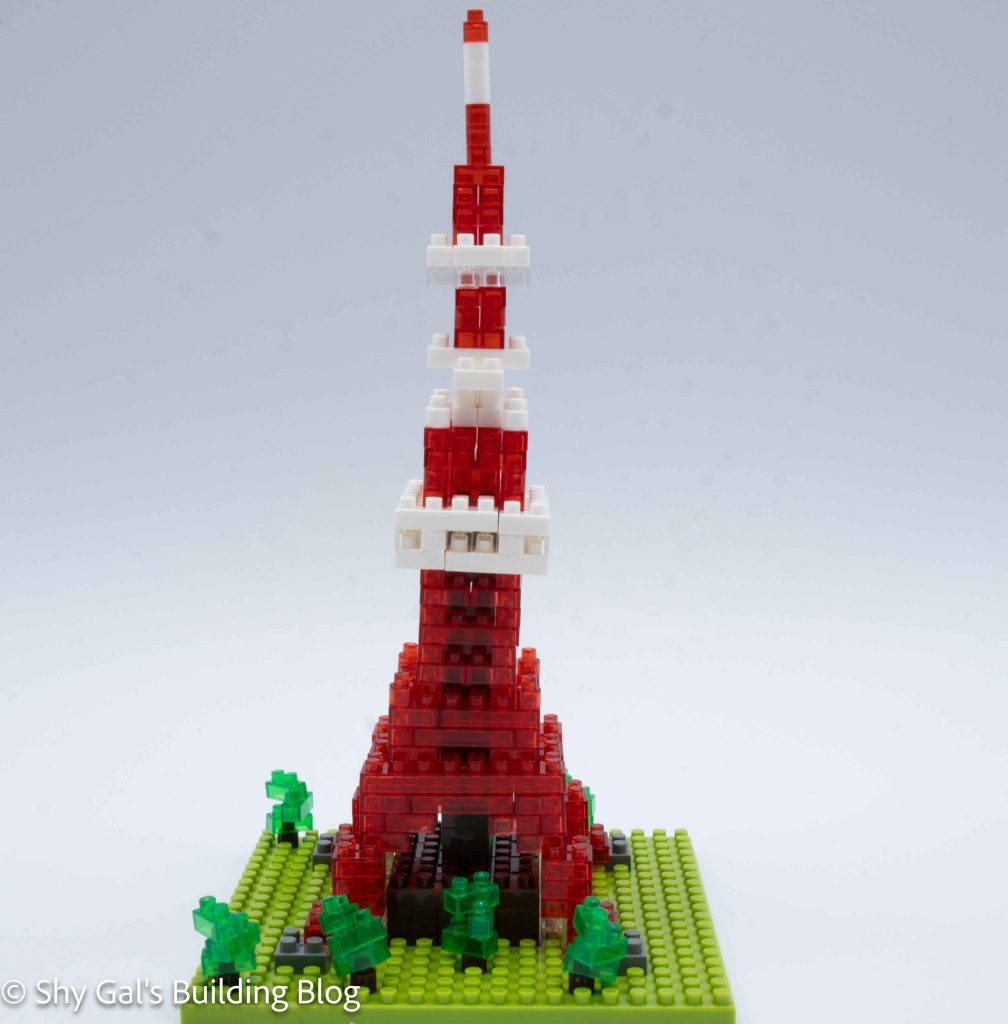
The next few steps add to the supports of the tower and create the building under the tower. I didn’t add the treetops at this point because I didn’t want to need to look out for the tree while I was building the tower.
The next couple steps of the build require building a structure of the tower and then adding that structure to the tower. There is also a tower of dark grey bricks going up the tower’s center. I don’t like how visible the grey bricks are.
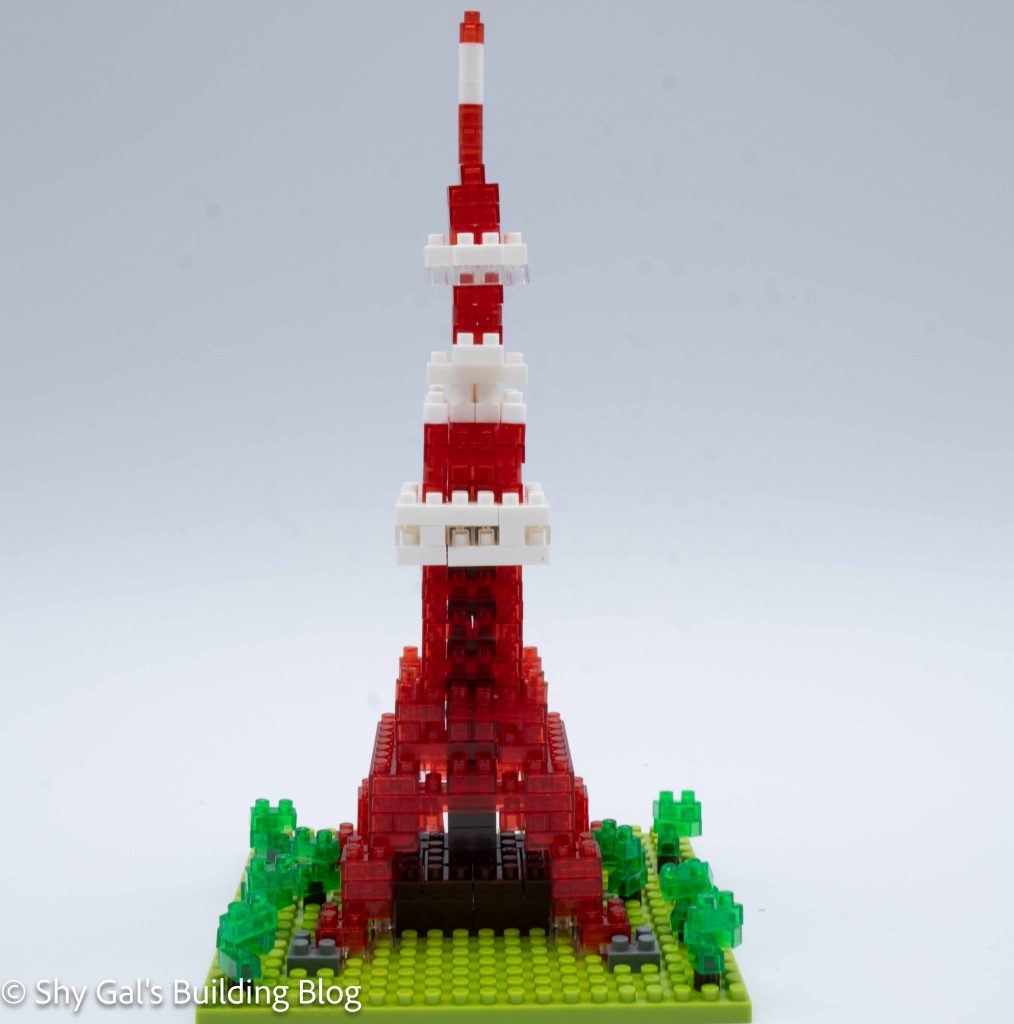
After adding 3 structures that were built off the tower, it is time to finish the tower. The instructions for each layer are very clear.
The last step for me was to put the tops of the trees.
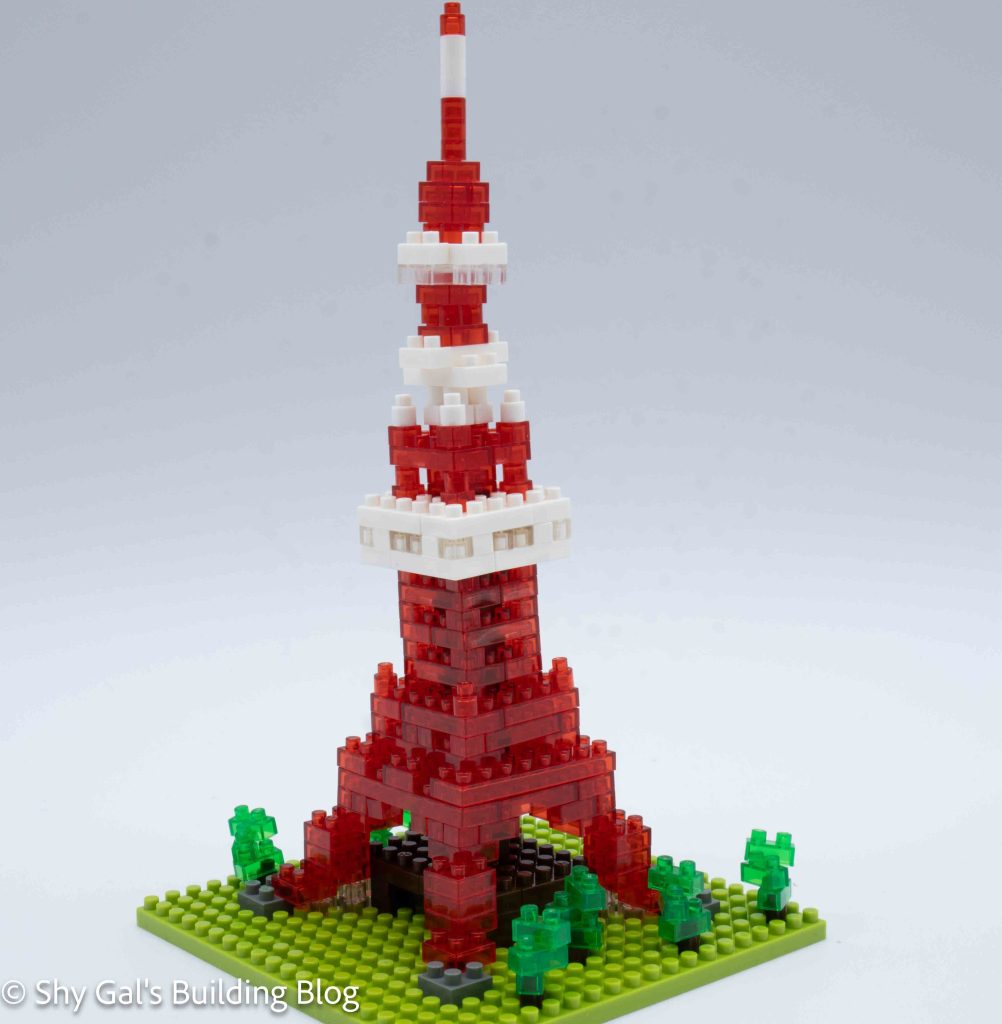
Things I liked:
- I really like the clear red bricks and how they changed the color to create the tower
Things I didn’t like:
- I don’t like how visible the center dark grey tower is in the build
